Controlling humidity levels is a fundamental aspect of maintaining healthy indoor environments, whether in residential homes or expansive industrial settings. An industrial dehumidifier is engineered to manage moisture on a much larger scale compared to home dehumidifiers. While both types aim to reduce excess humidity, the differences between industrial and home dehumidifiers are significant and cater to distinct needs. This article explores these differences in detail, providing insights into their functionalities, applications, and benefits to help you make an informed decision.
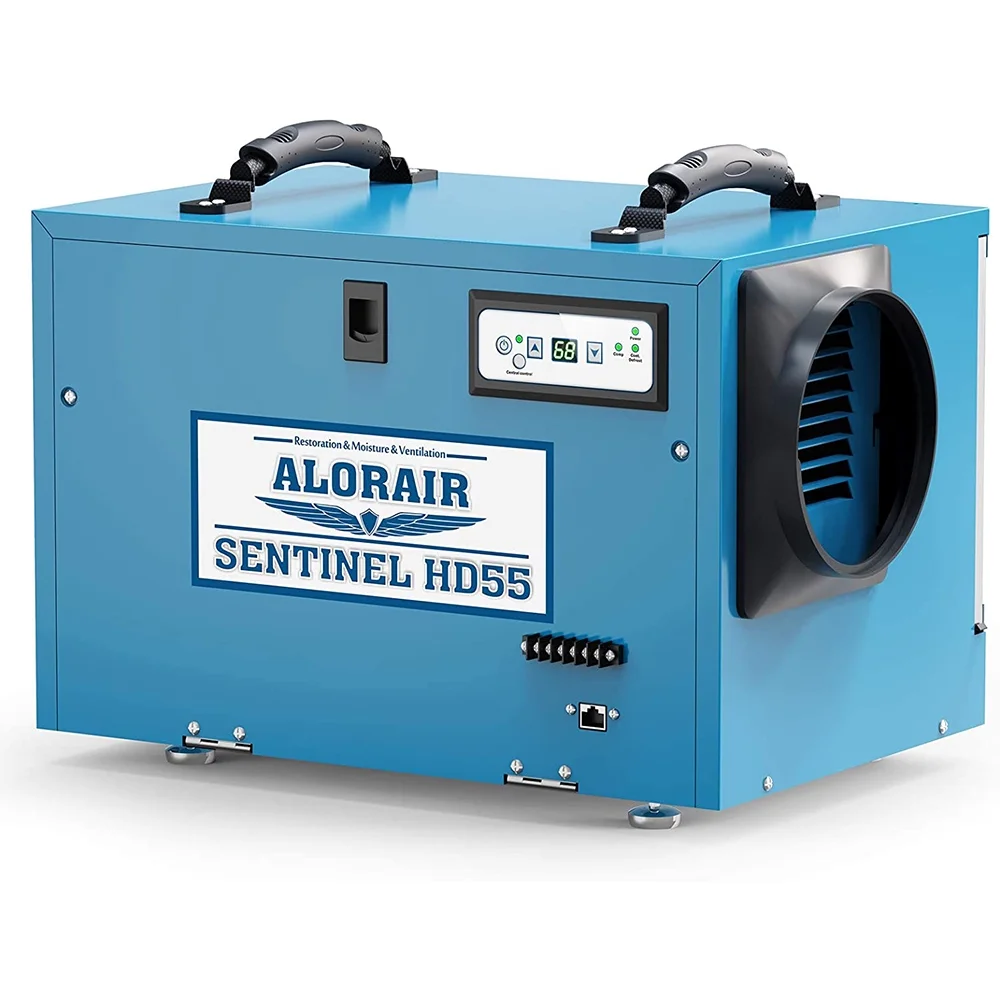 Design and Construction: Built for Heavy-Duty Use
Design and Construction: Built for Heavy-Duty Use
Enhanced Durability
The durability of industrial dehumidifiers is a key differentiator from their residential counterparts. They feature components that can endure prolonged use without significant wear and tear. Meanwhile, home dehumidifiers may require more frequent replacements of parts due to their lighter construction and less intensive usage patterns. This enhanced durability ensures that industrial units maintain their performance over extended periods, providing reliable moisture control for large-scale applications.
Capacity and Performance: Scaling Up Moisture Control
Superior Moisture Removal Capacity
Industrial dehumidifiers boast a much higher moisture removal capacity, often capable of extracting several hundred pints of water per day. This capacity is essential for environments with significant moisture challenges, such as manufacturing plants or large office buildings. Conversely, home dehumidifiers typically remove between 20 to 50 pints of moisture daily, suitable for smaller areas like bathrooms, basements, or bedrooms.
Powerful Airflow Systems
The airflow systems in industrial dehumidifiers are substantially more powerful, allowing them to circulate and process vast amounts of air efficiently. These systems use larger and more efficient fans and compressors to maintain consistent humidity levels across expansive spaces.
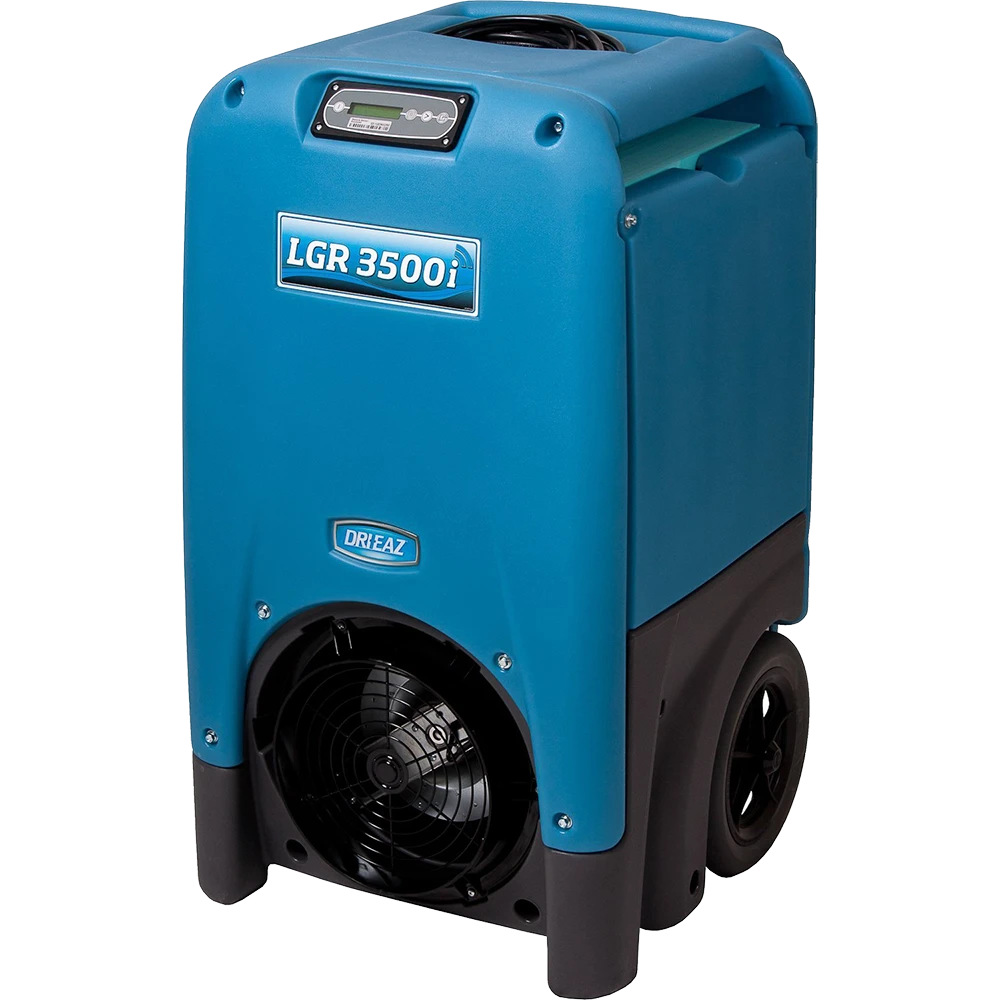 Energy Efficiency and Operational Costs: Balancing Power and Consumption
Energy Efficiency and Operational Costs: Balancing Power and Consumption
High Energy Consumption
Industrial dehumidifiers generally consume more energy due to their higher capacity and continuous operation requirements.
Advanced Energy-Saving Features
Despite their higher energy consumption, industrial dehumidifiers often incorporate advanced energy-saving technologies. Features such as variable speed motors, smart sensors, and automatic shut-off systems help optimize energy usage by adjusting operation based on real-time humidity levels and environmental conditions. Home dehumidifiers also feature energy-efficient designs but are typically less complex due to their smaller scale and lower operational demands.
Installation and Space Requirements: Tailoring to Specific Environments
Permanent Installation
Industrial dehumidifiers are usually intended for permanent installation in specific locations within a facility. They require dedicated space, often integrated into the building’s HVAC system, to effectively manage moisture across large areas. In contrast, home dehumidifiers are portable appliances that can be easily moved and placed in different rooms as needed, offering flexibility for various household moisture control needs.
Space Allocation
The physical size of industrial dehumidifiers is considerably larger than home models, necessitating ample space for installation and operation. These machines often require dedicated rooms or areas where they can function without obstruction, ensuring optimal airflow and performance. Home dehumidifiers, with their compact designs, are suitable for smaller environments and can be conveniently stored when not in use.
Maintenance and Longevity: Ensuring Continuous Performance
Simplified Maintenance Procedures
Industrial dehumidifiers are designed for easy maintenance in high-usage scenarios. They feature accessible filters, self-cleaning mechanisms, and automated maintenance alerts that streamline upkeep processes. Home dehumidifiers also require regular maintenance, such as filter cleaning and water tank emptying, but these tasks are typically less complex and time-consuming compared to industrial models.
Longer Lifespan
Due to their robust construction and high-quality components, industrial dehumidifiers generally have a longer lifespan than home models. These machines are built to withstand constant use and harsh operating conditions, reducing the need for frequent replacements. Home dehumidifiers, while durable for residential use, may not last as long under intensive use conditions, necessitating more regular replacements or repairs.
Noise Levels: Managing Sound in Various Settings
Optimized for Quiet Operation in Industrial Settings
Modern industrial dehumidifiers incorporate noise-reduction technologies to ensure they operate quietly, even at high capacities. These features are crucial for maintaining a comfortable working environment in offices, manufacturing floors, and other noise-sensitive industrial settings. In comparison, home dehumidifiers are designed to minimize noise to avoid disrupting daily household activities, though they generally operate at lower volume levels due to their smaller size and capacity.
Sound Dampening Technologies
Advances in sound dampening technologies have enabled industrial dehumidifiers to effectively reduce operational noise without compromising performance. Features such as insulated casings, vibration dampers, and advanced fan designs contribute to quieter operation. Home dehumidifiers also use similar technologies but on a smaller scale, primarily focusing on keeping noise levels low within the context of household environments.
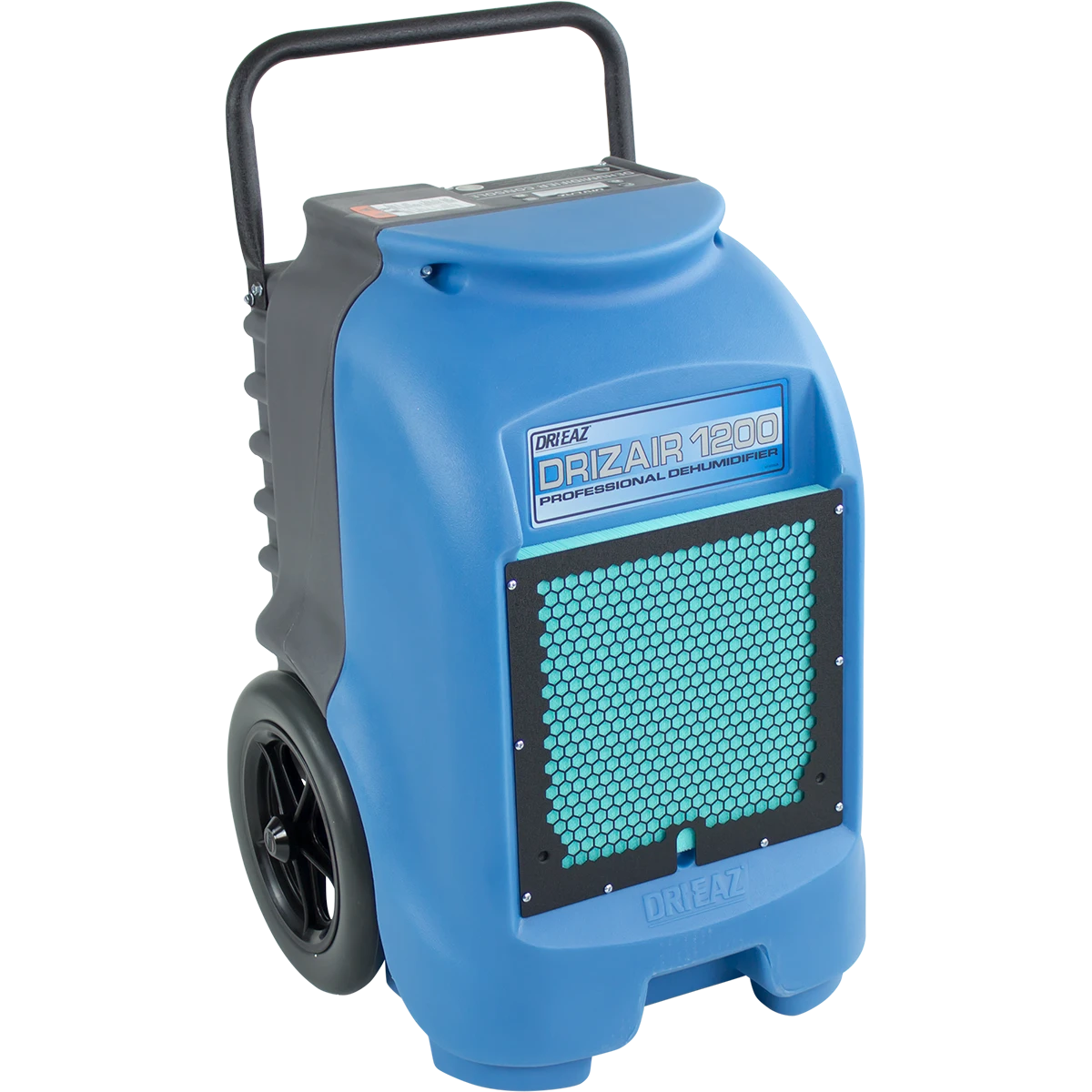 Technological Innovations: Enhancing Efficiency and Functionality
Technological Innovations: Enhancing Efficiency and Functionality
Smart Controls and Automation
Industrial dehumidifiers often come equipped with smart controls and automation features that enhance their functionality and ease of use. These innovations allow for remote monitoring, programmable settings, and integration with building management systems, enabling precise humidity control and operational efficiency. Home dehumidifiers also feature smart technologies, but these are typically more basic, focusing on simple programmability and user-friendly interfaces suitable for residential use.
Integration with HVAC Systems
One significant difference is the ability of industrial dehumidifiers to integrate seamlessly with existing HVAC systems. This integration allows for centralized control and monitoring of humidity levels across large facilities, ensuring consistent performance and energy efficiency. Home dehumidifiers, lacking such integration, operate independently and are controlled separately from the home’s heating and cooling systems, limiting their effectiveness in managing overall indoor climate.
Environmental Impact: Sustainability Considerations
Energy Consumption and Eco-Friendliness
Industrial dehumidifiers are designed to be energy-efficient despite their high operational demands. They incorporate eco-friendly refrigerants and energy-saving technologies that reduce their environmental footprint. Moreover, their ability to manage large-scale moisture control efficiently contributes to preventing mold growth and structural damage, indirectly promoting environmental sustainability by extending the lifespan of buildings and reducing waste.
Impact on Indoor Air Quality
Maintaining optimal humidity levels with industrial dehumidifiers significantly improves indoor air quality in large spaces. These machines prevent the growth of allergens, mold, and mildew, creating healthier environments for occupants.
Cost-Benefit Analysis: Weighing Investment Against Advantages
Initial Investment vs. Long-Term Savings
Industrial dehumidifiers require a substantial initial investment compared to home models. However, this cost is offset by their ability to handle large-scale moisture control, energy efficiency, and longevity, making them a cost-effective solution for businesses and large facilities in the long run. Home dehumidifiers, with their lower upfront costs, are more accessible but may incur higher operational expenses over time if used inappropriately for larger spaces.
Operational Efficiency and Productivity
Implementing an industrial dehumidifier can lead to enhanced operational efficiency and productivity by maintaining optimal humidity levels, which are crucial for the functionality of equipment and the comfort of employees. Healthy air quality and controlled moisture contribute to better working conditions and fewer disruptions caused by mold-related issues, thereby supporting uninterrupted business operations. In contrast, home dehumidifiers primarily improve comfort and hygiene within smaller living spaces, with their benefits extending to personal well-being rather than broader operational productivity.
Selecting the Right Industrial Dehumidifier: Key Considerations
Assessing Humidity Control Needs
Before choosing an industrial dehumidifier, assess the specific humidity control needs of your environment. Consider factors such as the size of the space, the typical moisture levels, and the primary sources of humidity. Accurately assessing these needs ensures that you select a dehumidifier with the appropriate capacity and features to effectively manage moisture in your setting.
Evaluating Energy Efficiency Ratings
Energy efficiency ratings are crucial when selecting an industrial dehumidifier. Opt for models that offer high energy efficiency to minimize operational costs and reduce environmental impact. Look for certifications such as ENERGY STAR or equivalent standards that validate the machine’s energy-saving capabilities, ensuring that you make an environmentally responsible and cost-effective choice.
Assessing Noise Levels and Placement
Factoring in the noise levels of an industrial dehumidifier is essential, especially if the machine will be placed near work areas or customer-facing spaces. Choose models that offer quiet operation to maintain a pleasant and undisturbed environment. Strategic placement of the dehumidifier can also help mitigate any noise issues, ensuring that the machine operates discreetly within your facility.
Budget and Return on Investment
Determining your budget is a key step in selecting an industrial dehumidifier. Balance the initial cost with the expected return on investment through energy savings, reduced maintenance costs, and extended equipment lifespan. Prioritizing models that offer the best value for your specific requirements ensures that you maximize your investment and achieve long-term benefits.
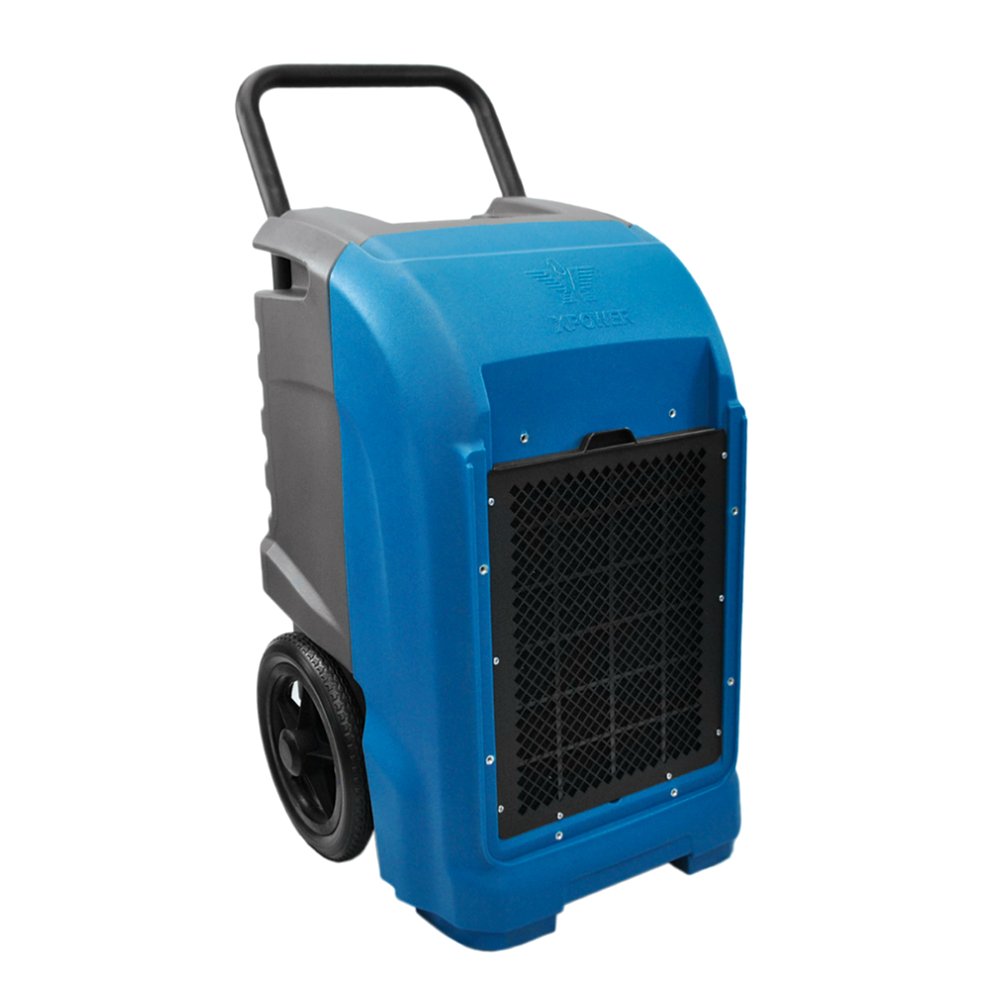 Maintenance Tips
Maintenance Tips
Regular Cleaning and Filter Maintenance
To maintain the efficiency and longevity of your industrial dehumidifier, regular cleaning and filter maintenance are essential. Clean the exterior surfaces with a damp cloth to remove dust and debris, and inspect the air filters frequently. Replace or clean filters as recommended by the manufacturer to ensure optimal airflow and moisture removal efficiency.
Inspecting and Replacing Components
Periodic inspections of critical components such as compressors, fans, and drainage systems help identify potential issues before they escalate. Replace any worn or damaged parts promptly to maintain the machine’s performance and prevent costly repairs. Keeping components in good condition ensures that your dehumidifier operates smoothly and efficiently.
Ensuring Proper Drainage and Ventilation
Proper drainage and ventilation are crucial for the effective operation of industrial dehumidifiers. Regularly check the drainage systems to prevent blockages that can cause water overflow or damage.
Scheduling Professional Servicing
In addition to routine maintenance, scheduling regular professional servicing can keep your industrial dehumidifier in peak condition. Professional technicians can conduct comprehensive inspections, perform deep cleans, and address any technical issues, ensuring that your machine remains reliable and efficient.
Common Challenges and Solutions
Managing High Humidity Levels
One common challenge with industrial dehumidifiers is effectively managing extremely high humidity levels in large spaces. To address this, it’s important to select a machine with sufficient capacity and advanced humidity control features. Implementing a multi-dehumidifier setup or using supplementary moisture control methods, such as proper ventilation, can enhance overall effectiveness and maintain optimal humidity levels.
Addressing Mold and Mildew Growth
Despite their advanced design, industrial dehumidifiers can still face issues with mold and mildew if not properly maintained. Ensure that the machine is regularly cleaned and that the environment remains dry to prevent mold growth. Using anti-mold treatments and maintaining good airflow around the dehumidifier can also help mitigate this problem, safeguarding both the machine and the environment it operates in.
Ensuring Consistent Performance
Maintaining consistent performance in industrial dehumidifiers requires ongoing monitoring and maintenance. Install sensors and monitoring systems to track humidity levels in real-time, allowing for timely adjustments and interventions. Regularly review performance data to identify any deviations from normal operation, enabling proactive measures to sustain the machine’s efficiency and reliability.
Future Trends in Industrial Dehumidifier Technology
Integration with Smart Building Systems
The future of industrial dehumidifier technology lies in greater integration with smart building systems. Smart dehumidifiers can communicate with other HVAC and environmental control systems, offering centralized management and enhanced automation. This integration enables more precise humidity control, improved energy efficiency, and greater convenience in managing large-scale environments.
Sustainable and Eco-Friendly Innovations
Sustainability is becoming increasingly important in industrial dehumidifier design. Manufacturers are developing eco-friendly models that utilize environmentally responsible refrigerants, recyclable materials, and energy-efficient technologies. These innovations not only reduce the environmental impact of dehumidifiers but also align with global efforts to promote sustainable industrial practices.
Enhanced Automation and AI Capabilities
Advancements in automation and artificial intelligence (AI) are set to revolutionize the functionality of industrial dehumidifiers. AI-driven systems can predict moisture levels, optimize energy usage, and autonomously adjust settings to maintain optimal humidity without human intervention. These capabilities enhance the efficiency and effectiveness of moisture control, making industrial dehumidifiers smarter and more responsive to dynamic environmental conditions.
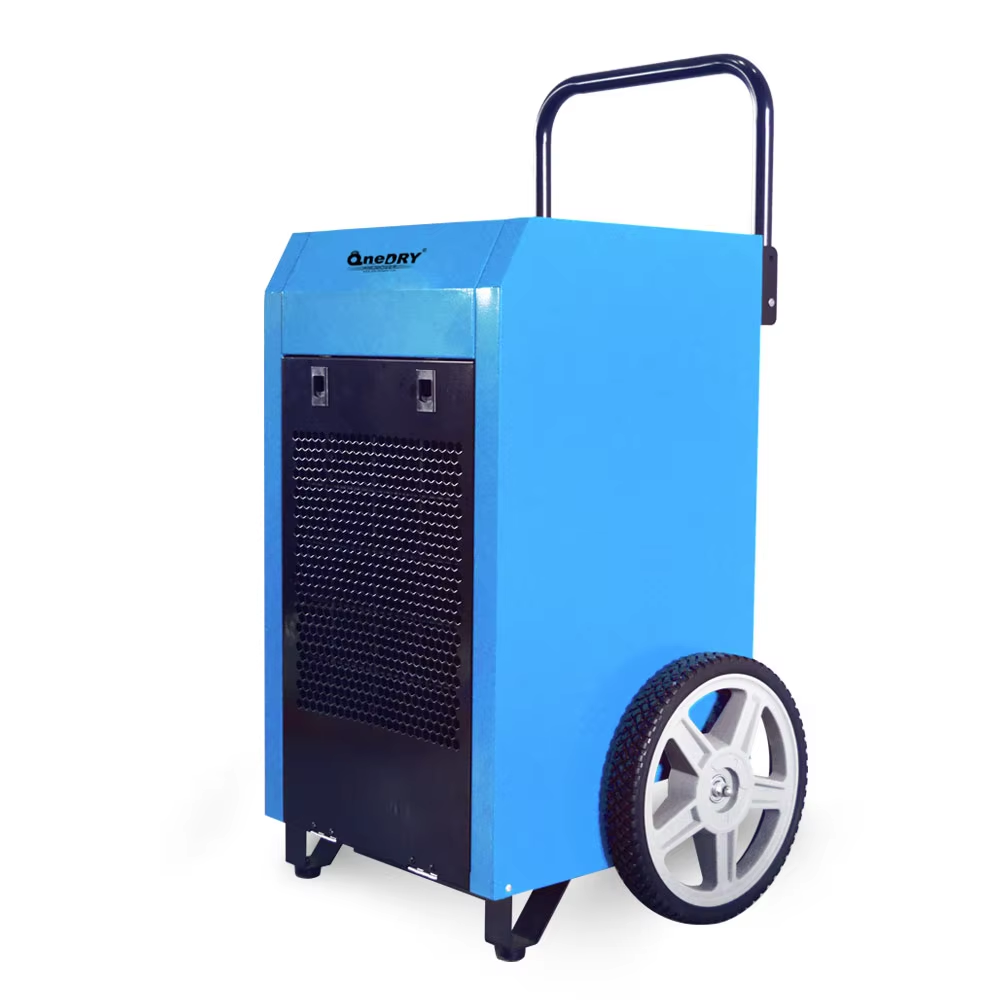 Conclusion
Conclusion
Choosing the right dehumidifier is a critical decision that can significantly impact the efficiency, safety, and comfort of your environment. Industrial dehumidifiers offer unparalleled capacity, durability, and advanced moisture control features tailored for large-scale applications.
By understanding the key differences between industrial and home dehumidifiers, you can make a more informed choice that aligns with your specific humidity control needs and operational goals. Evaluate your environment, assess your budget, and prioritize the features that are most important for your application to select an industrial dehumidifier that will provide reliable, efficient, and long-lasting performance.
Ultimately, investing in an industrial dehumidifier enhances the quality and functionality of large spaces, ensuring a healthier and more comfortable environment. Embrace the advanced technology and robust performance of industrial dehumidifiers to achieve optimal moisture control, protect valuable assets, and support sustainable operations. Therefore, take the time to assess your requirements and choose an industrial dehumidifier that best fits your needs, and experience the transformative benefits of effective moisture management in your commercial or industrial setting.

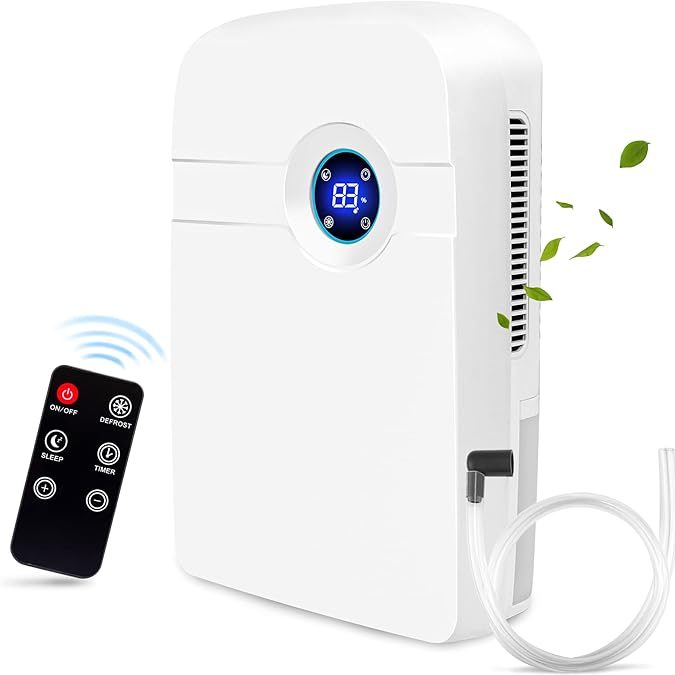
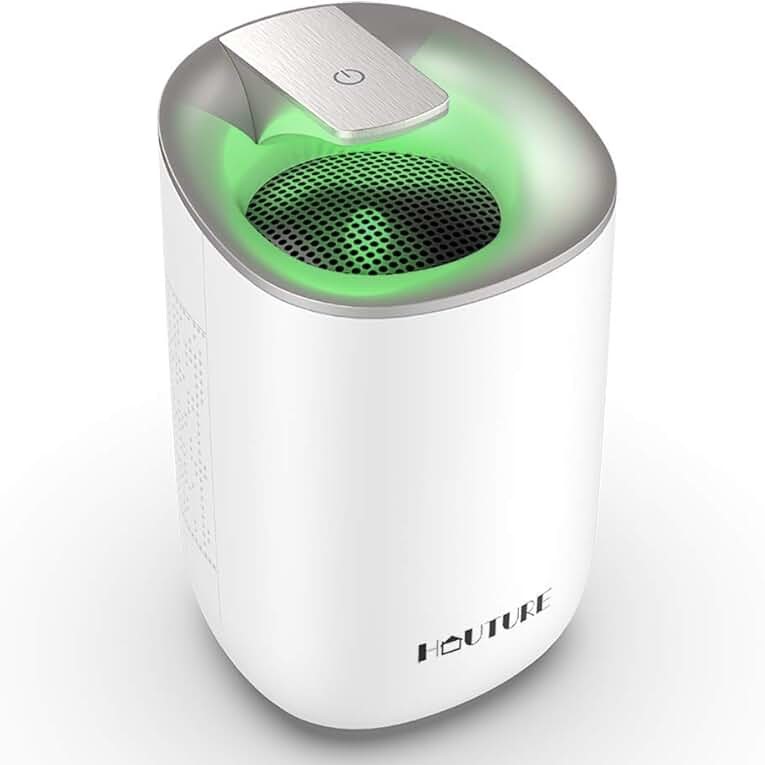 The Role of a Dehumidifier for Home in Enhancing Indoor Air Quality
The Role of a Dehumidifier for Home in Enhancing Indoor Air Quality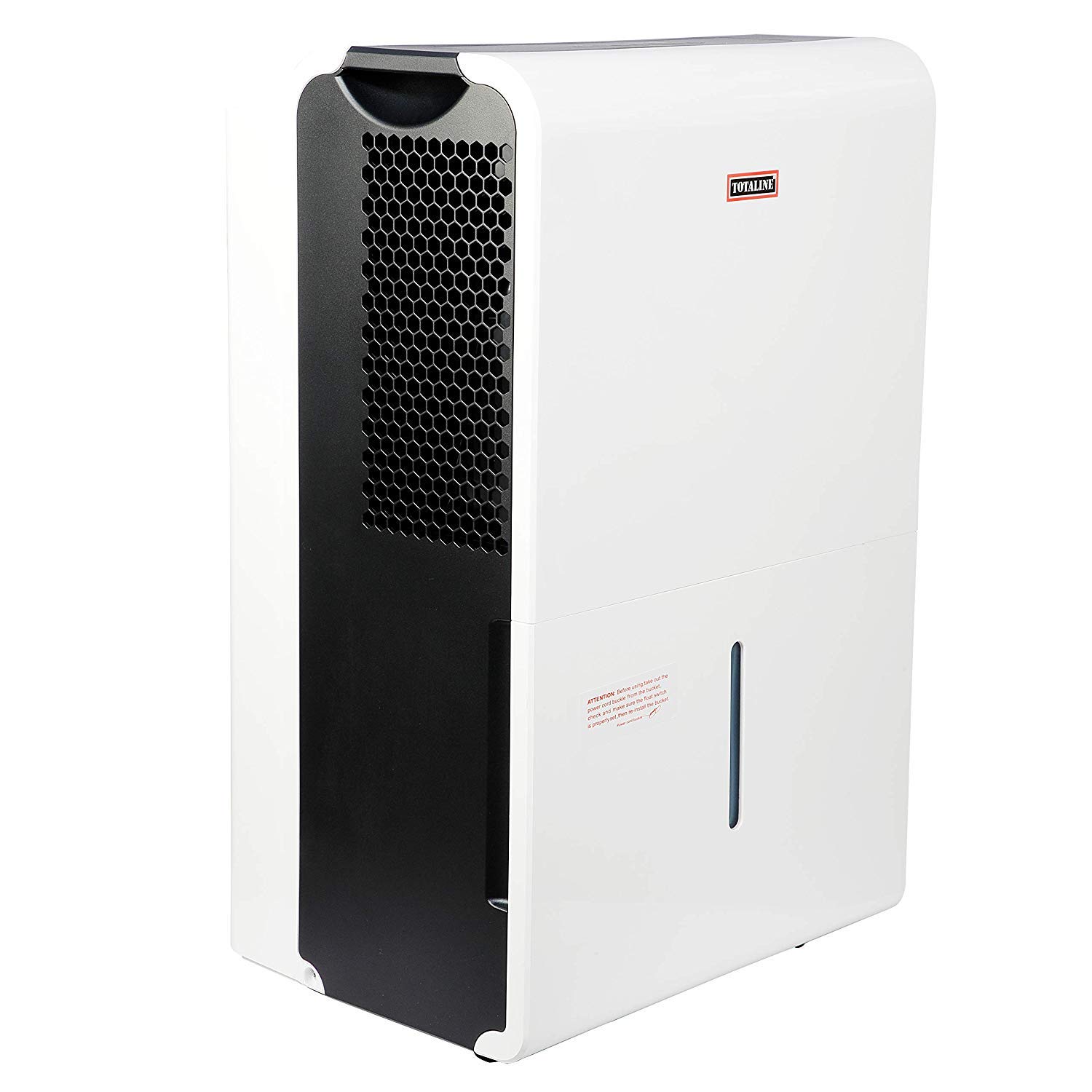 Practical Applications of a Dehumidifier for Home
Practical Applications of a Dehumidifier for Home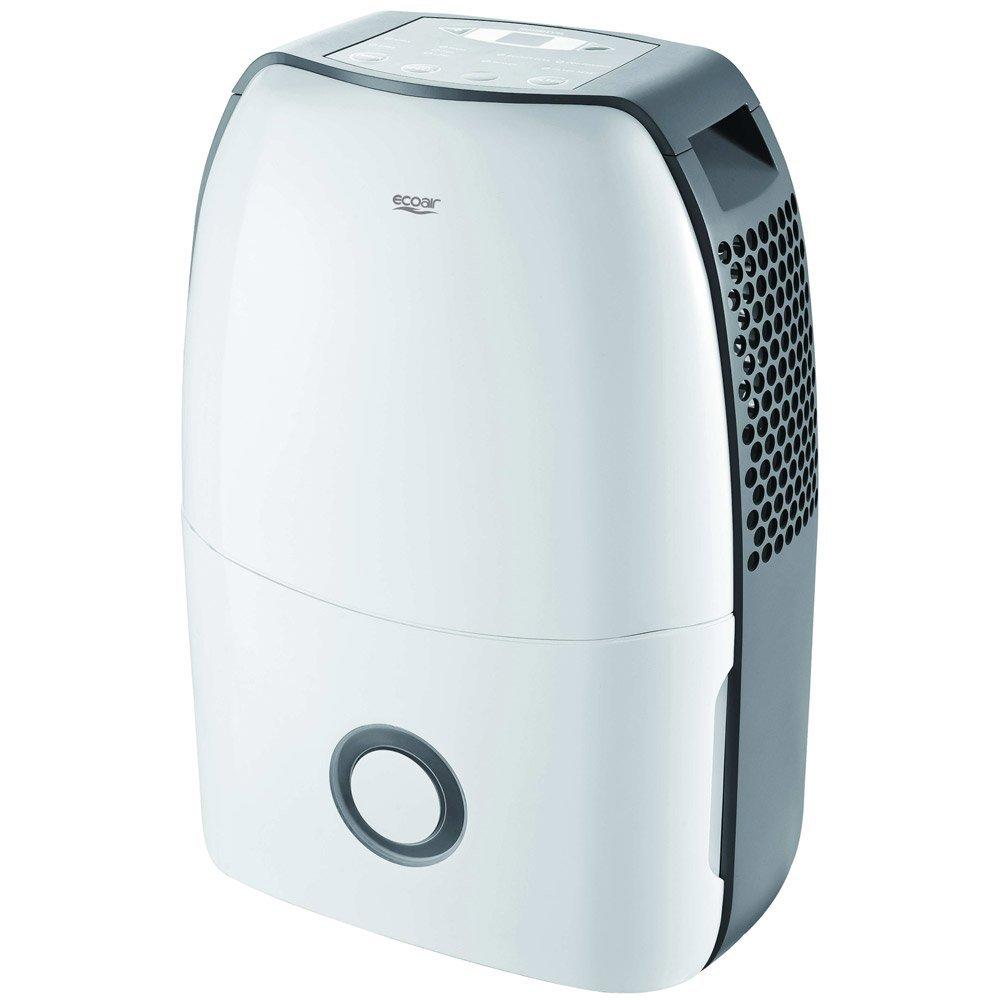 Choosing the Right Dehumidifier for Home for Your Needs
Choosing the Right Dehumidifier for Home for Your Needs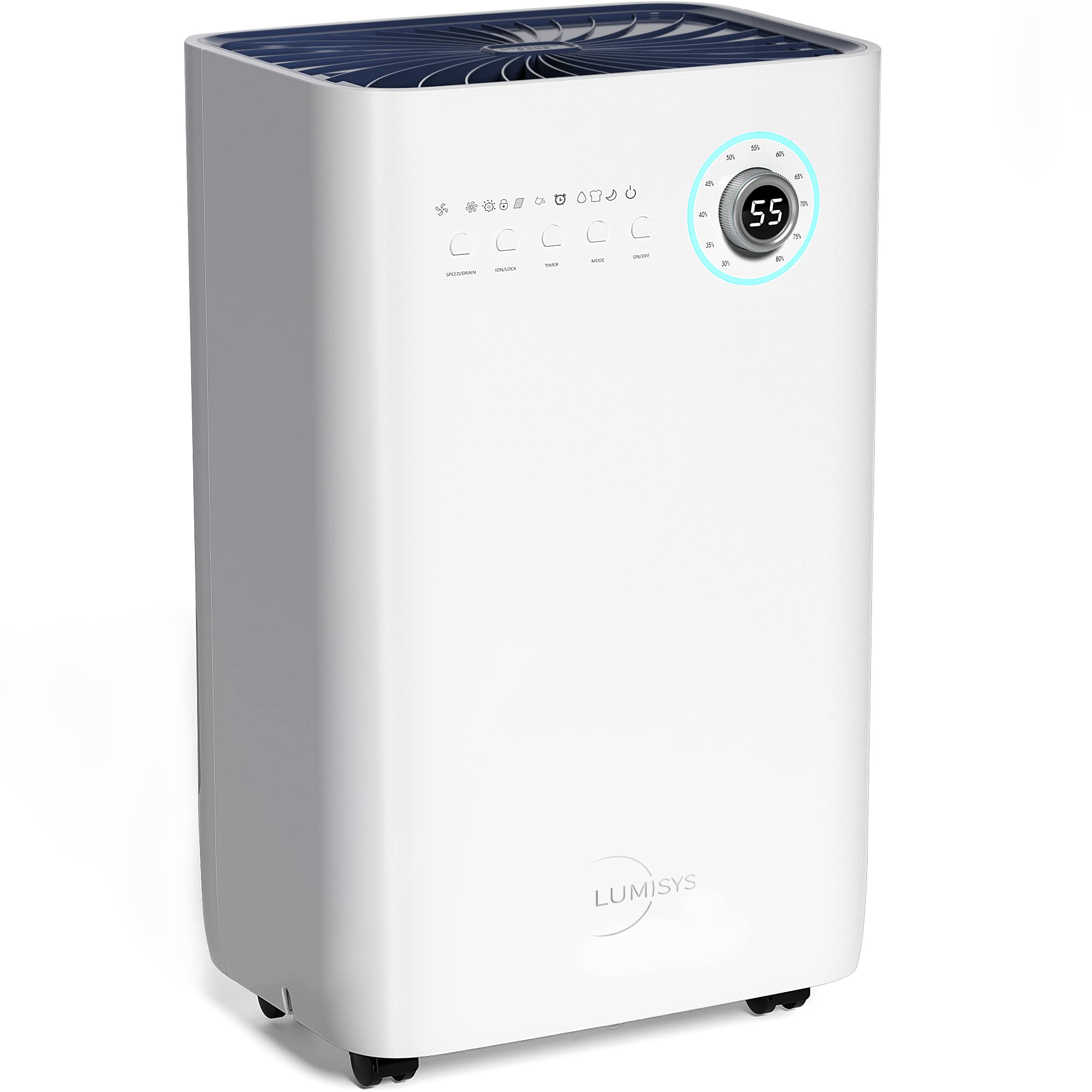 Enhancing Home Value with a Dehumidifier
Enhancing Home Value with a Dehumidifier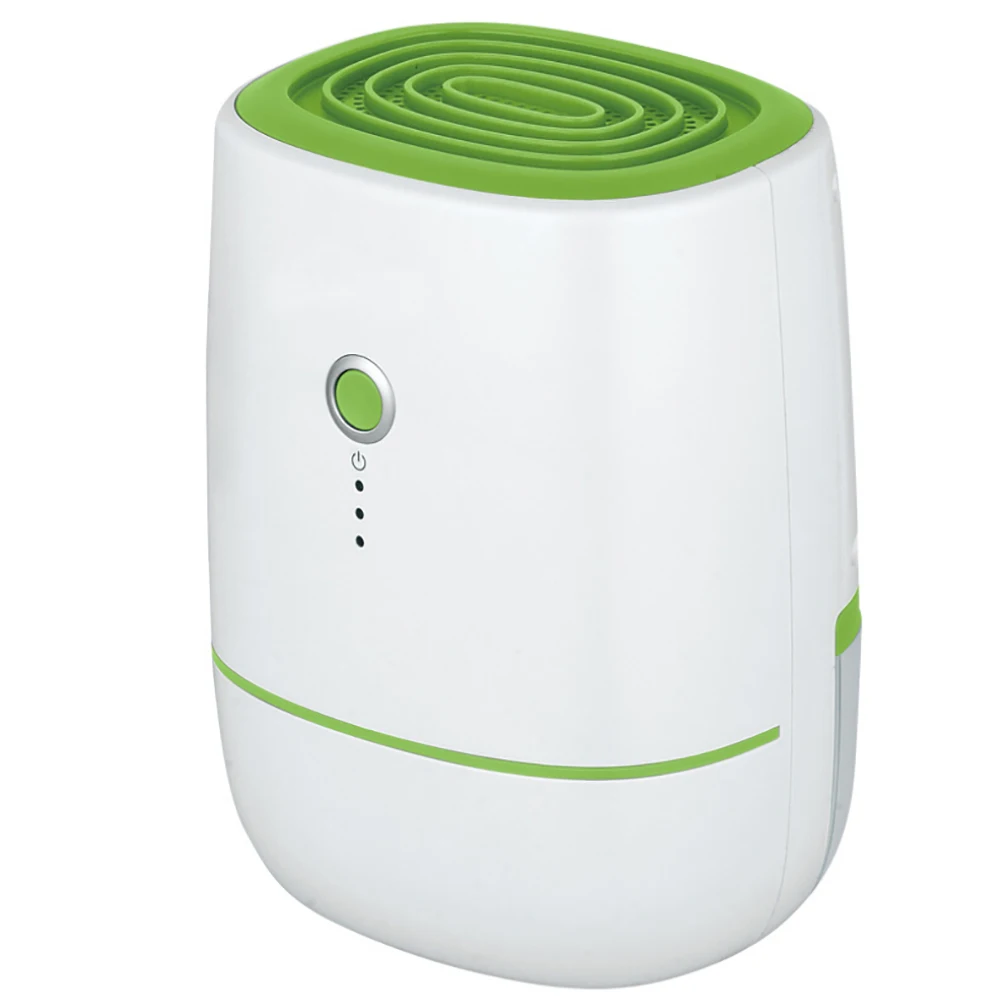
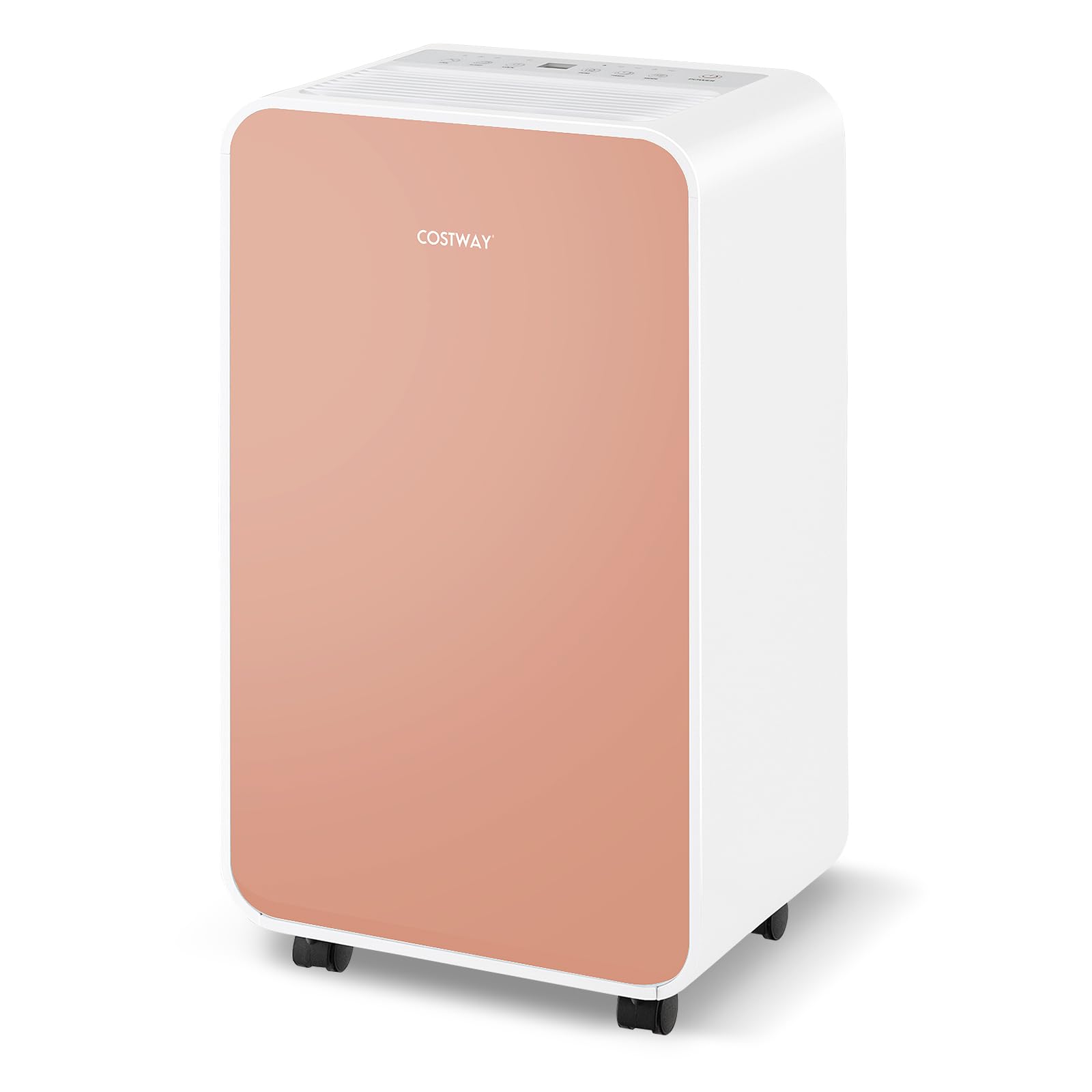 Understanding the Need for a Dehumidifier in Your Bathroom
Understanding the Need for a Dehumidifier in Your Bathroom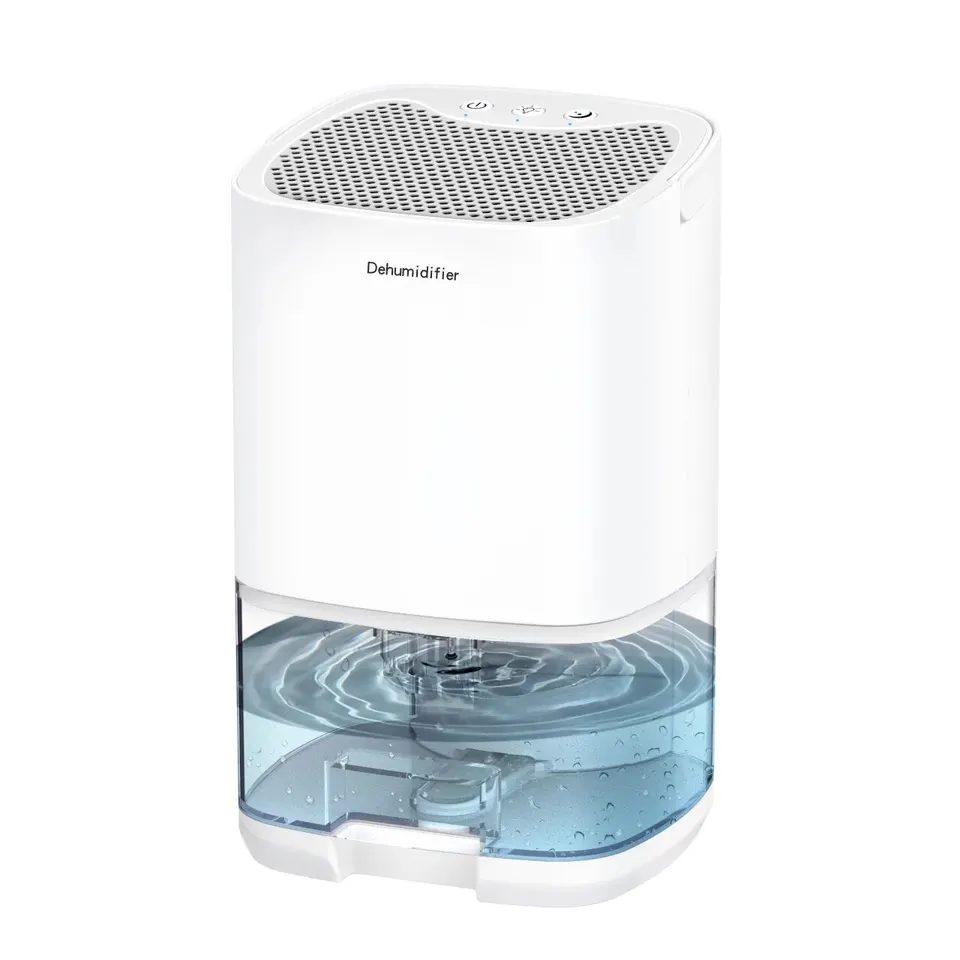 Factors to Consider When Choosing a Small Dehumidifier for Your Bathroom
Factors to Consider When Choosing a Small Dehumidifier for Your Bathroom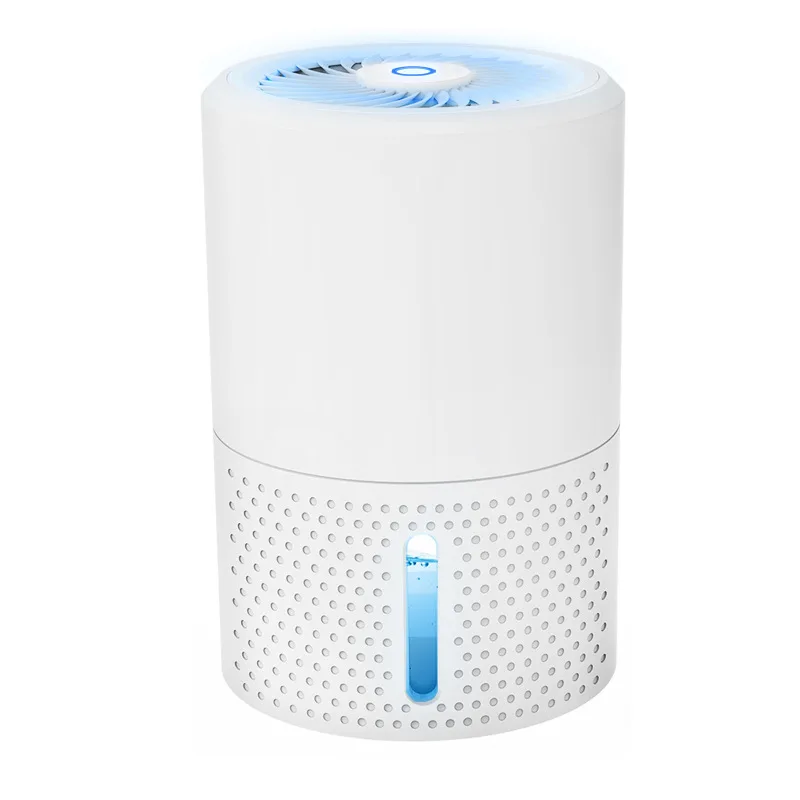 Maintenance and Cleaning Tips
Maintenance and Cleaning Tips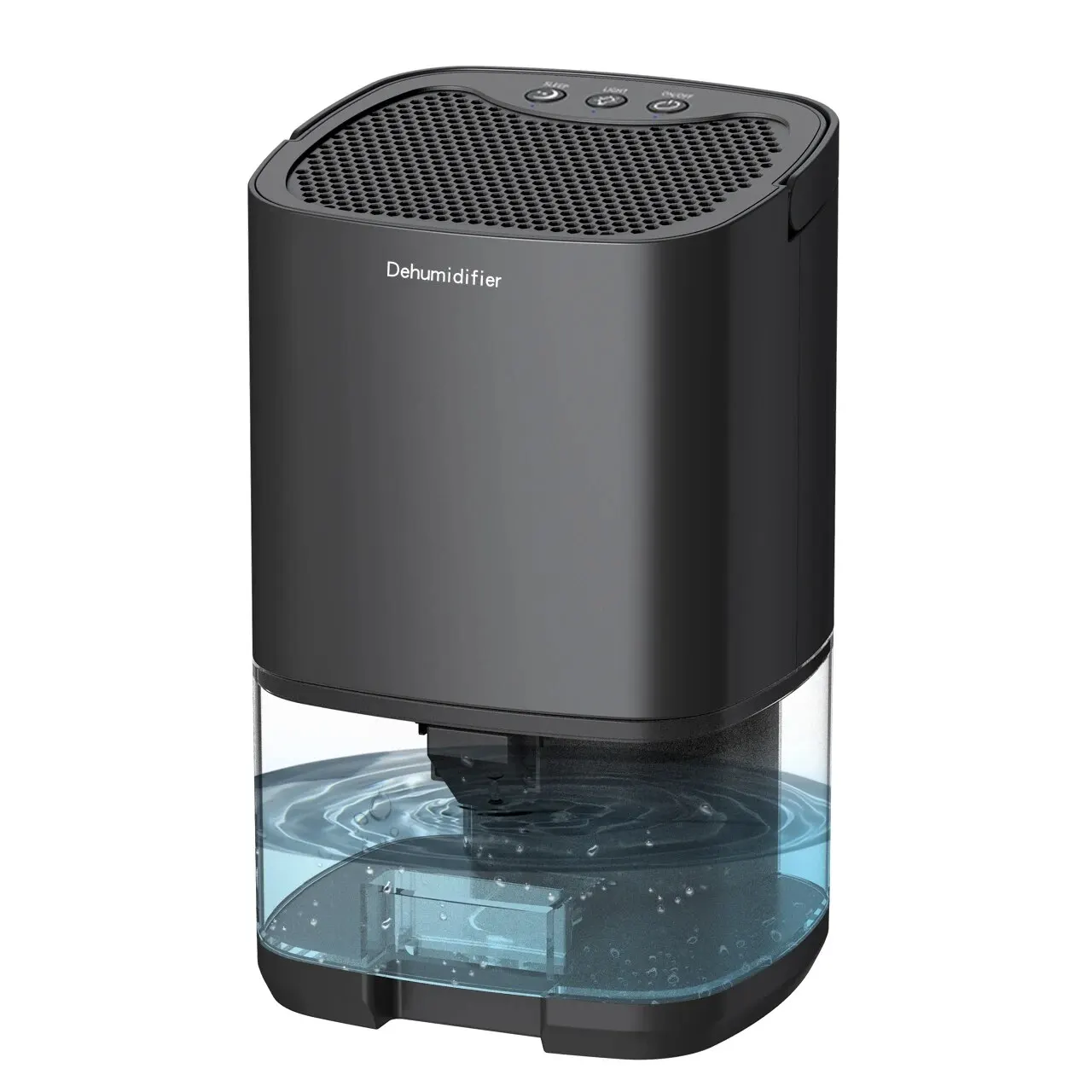 Tips for Maximizing the Effectiveness of Your Small Dehumidifier
Tips for Maximizing the Effectiveness of Your Small Dehumidifier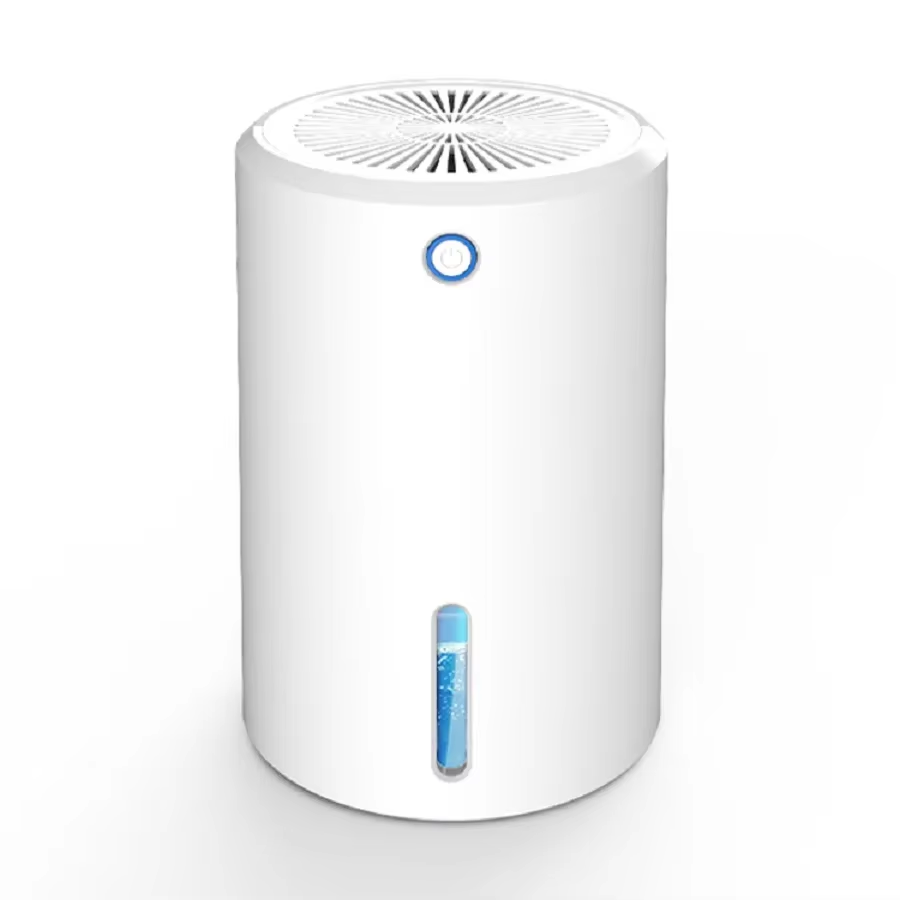 Conclusion
Conclusion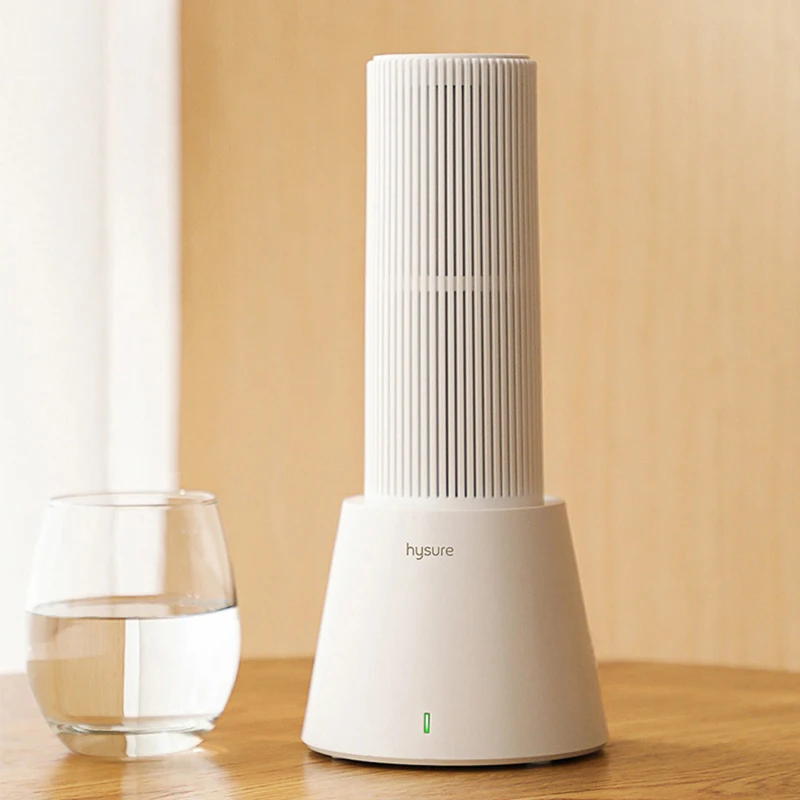
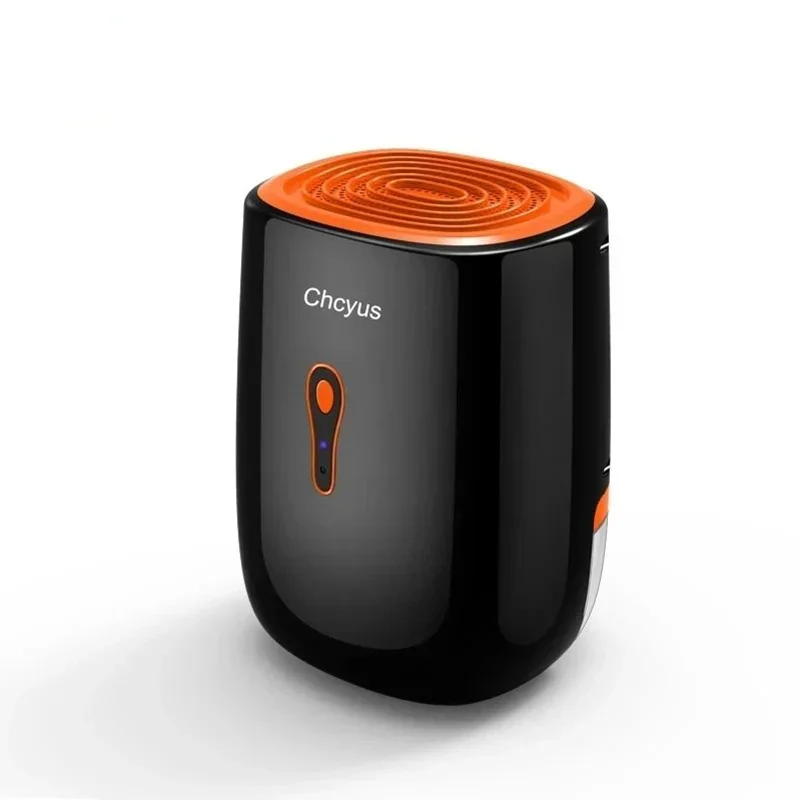 Understanding Mini Small Dehumidifiers
Understanding Mini Small Dehumidifiers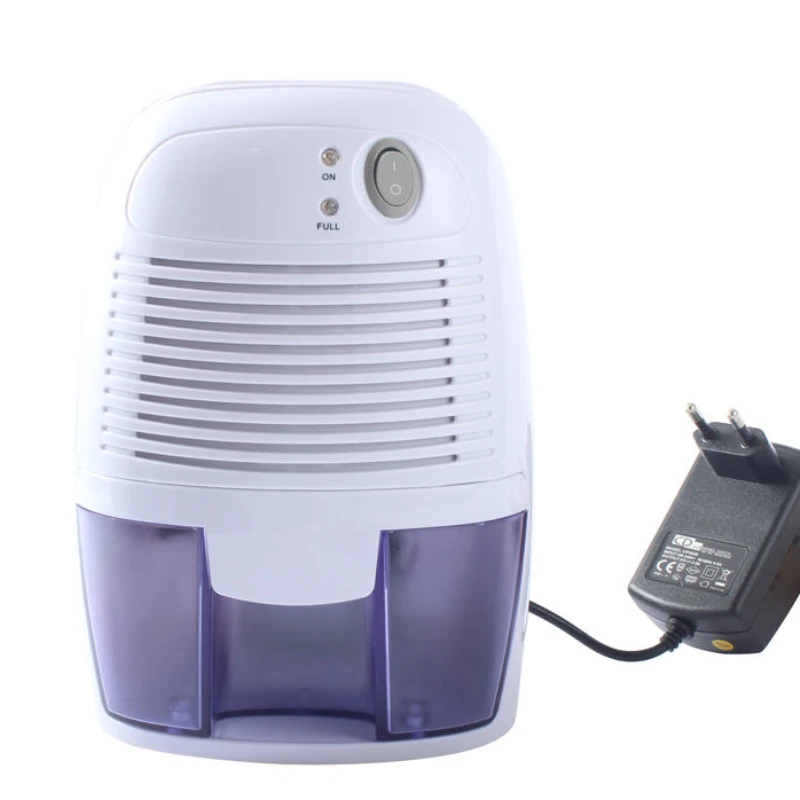 Key Features to Consider
Key Features to Consider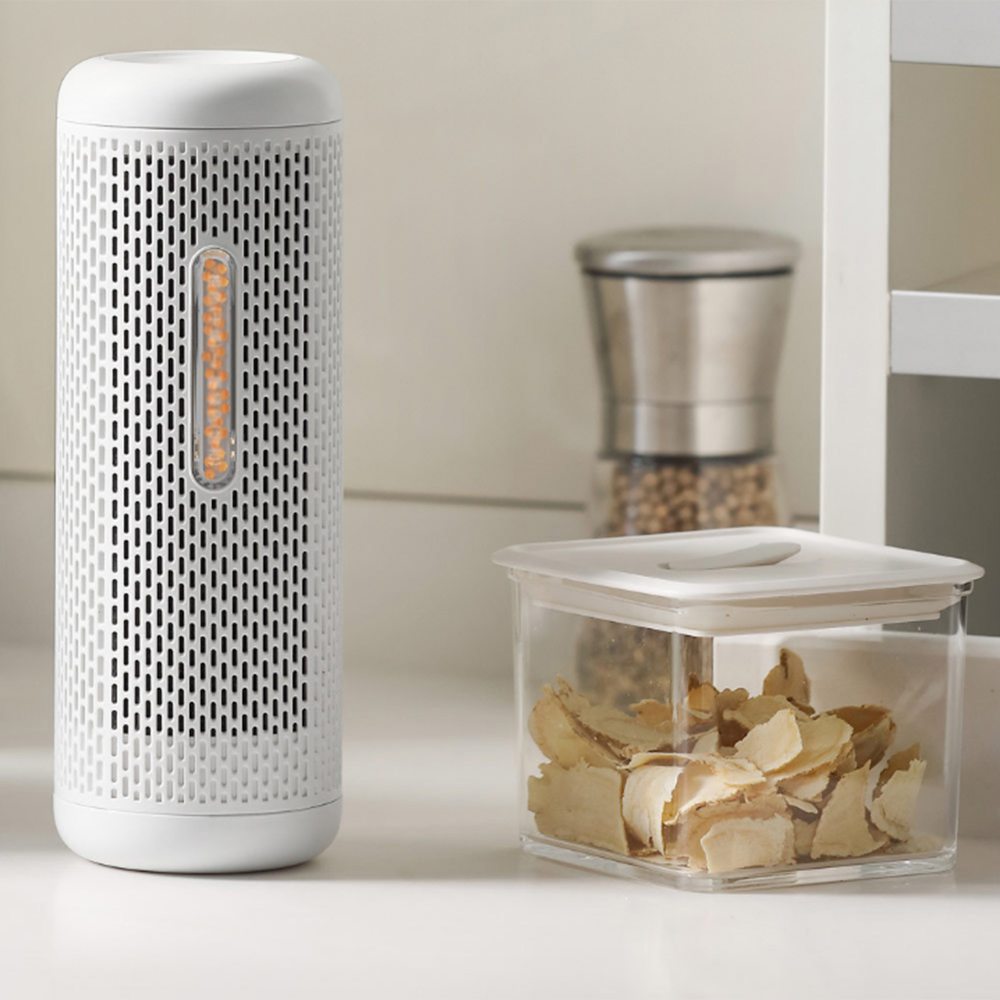 Practical Applications of Mini Small Dehumidifiers
Practical Applications of Mini Small Dehumidifiers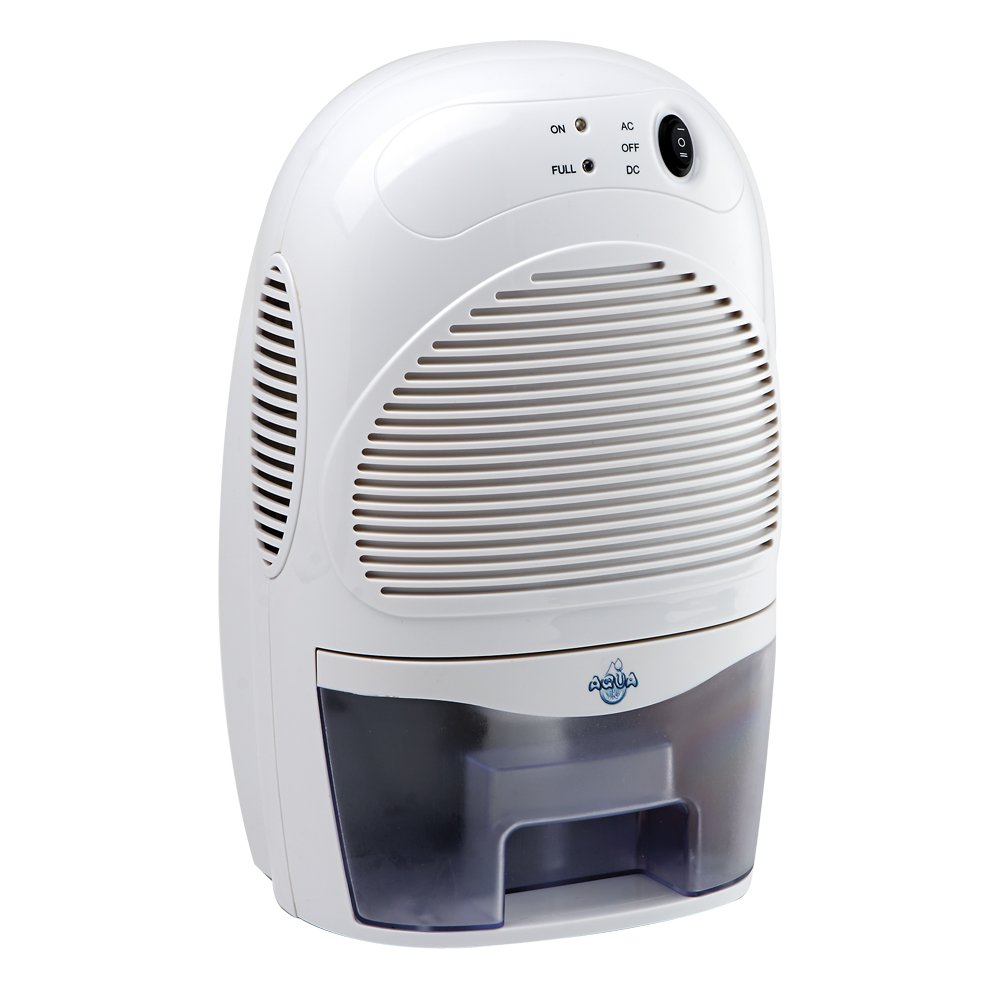 Maintenance and Care
Maintenance and Care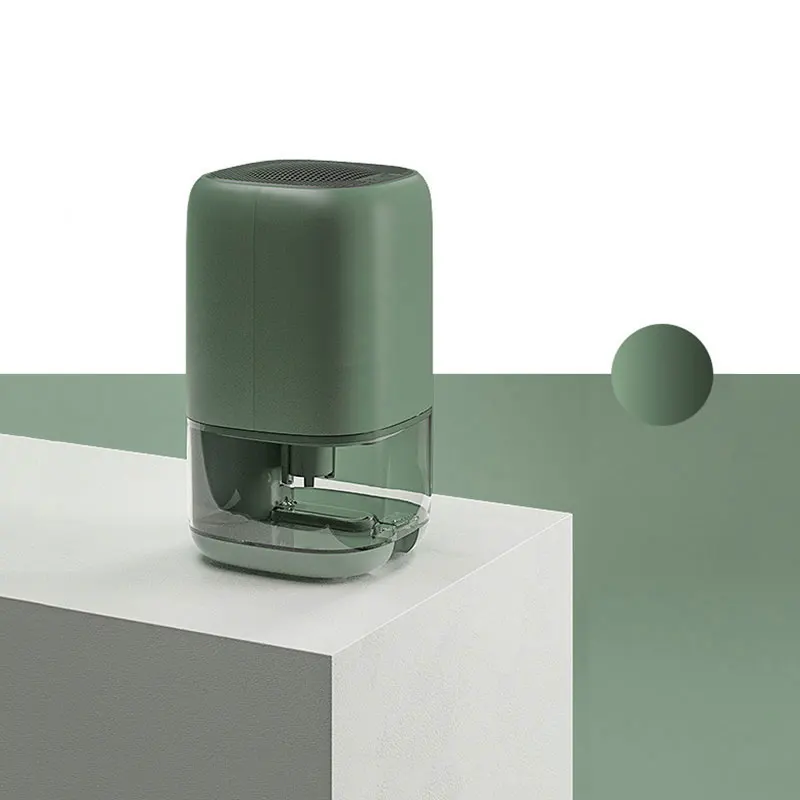
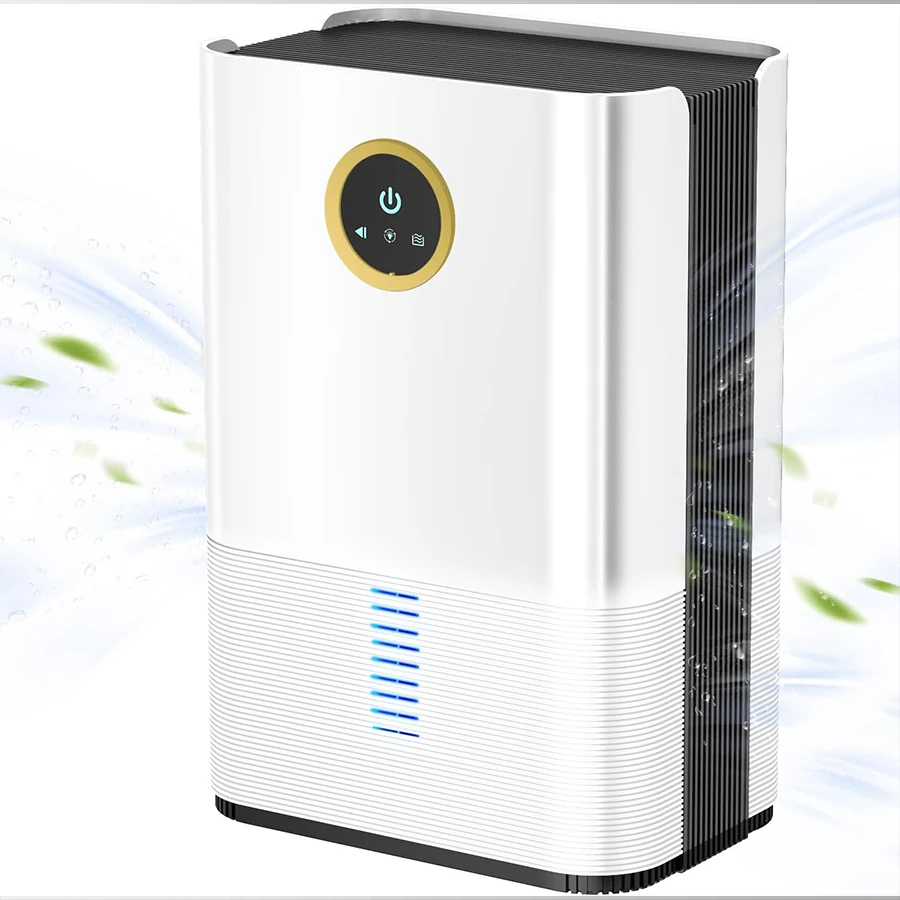 Understanding the Importance of Dehumidifiers
Understanding the Importance of Dehumidifiers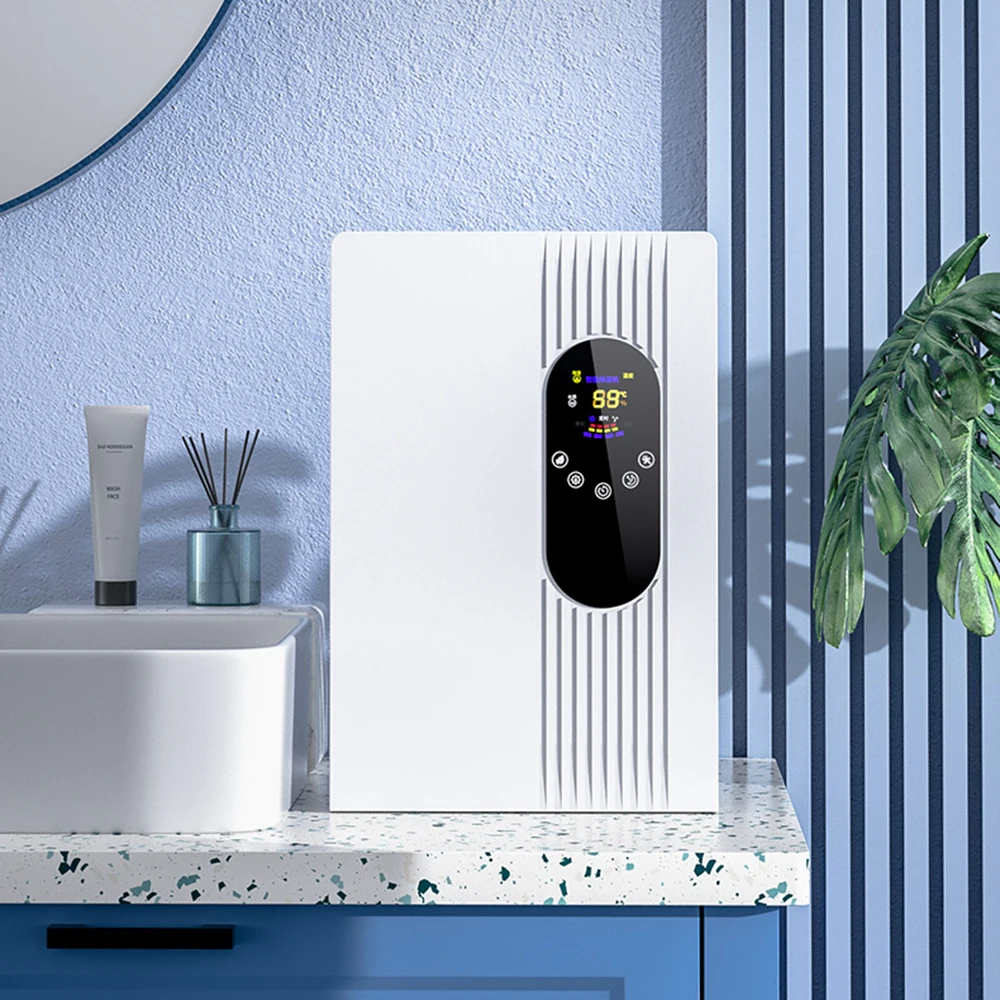 Top Dehumidifiers of 2025
Top Dehumidifiers of 2025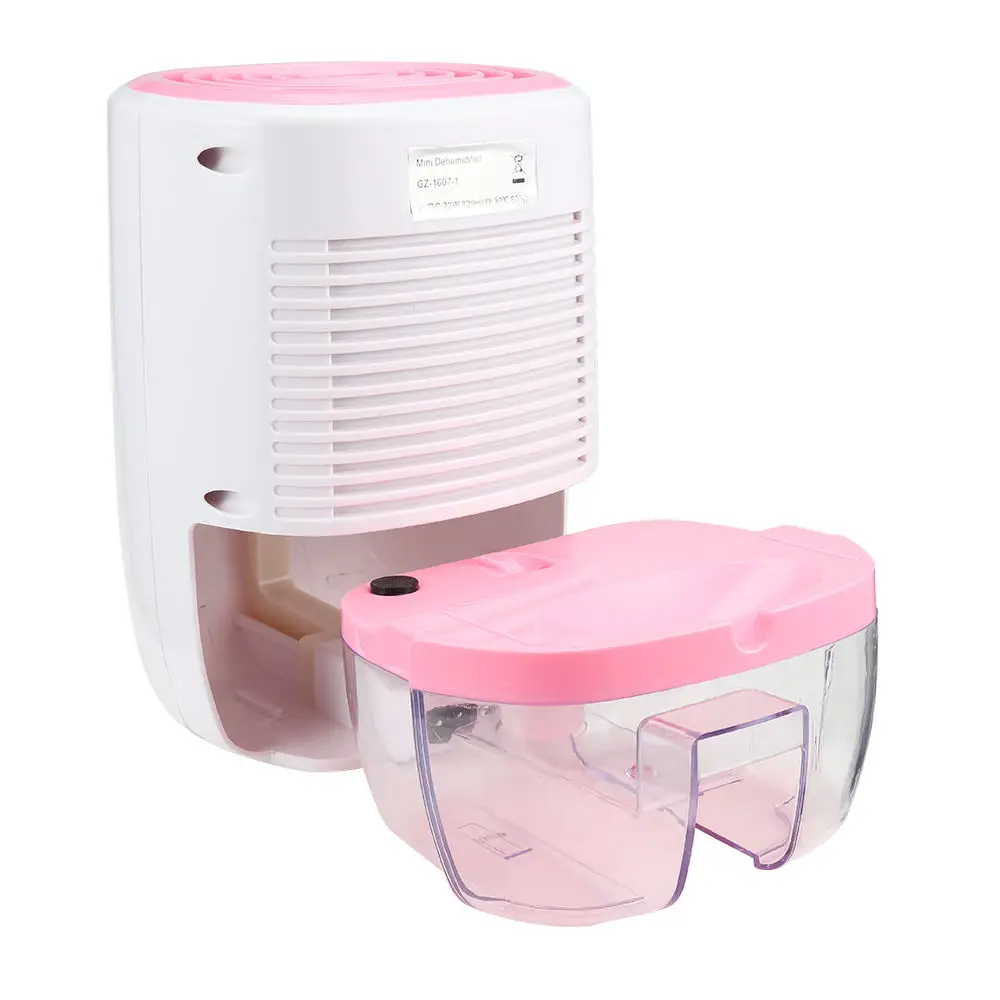 Buying Guide: How to Choose the Right Dehumidifier
Buying Guide: How to Choose the Right Dehumidifier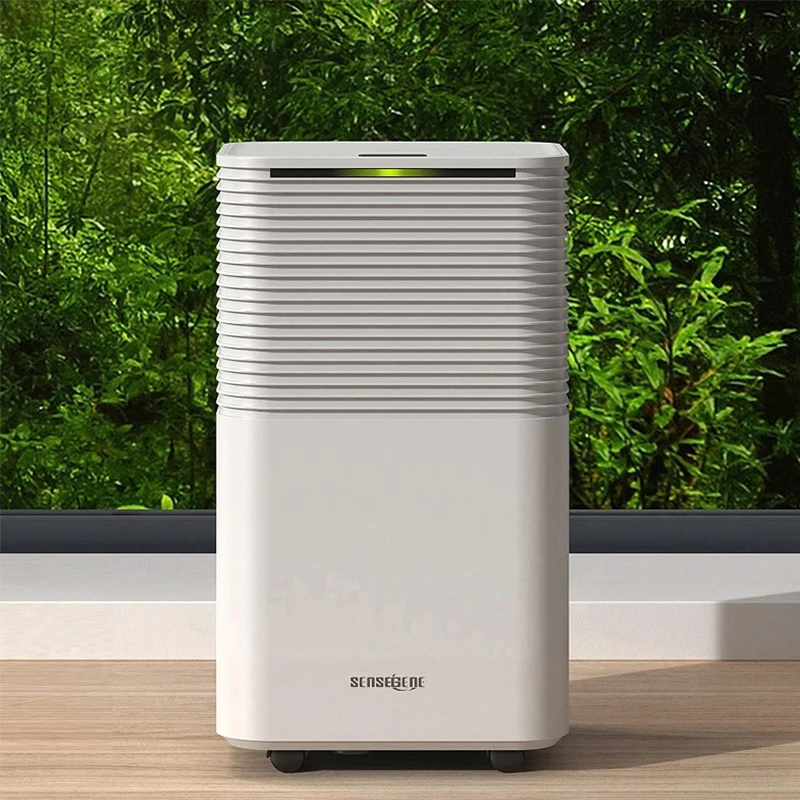 Common Mistakes to Avoid When Buying a Dehumidifier
Common Mistakes to Avoid When Buying a Dehumidifier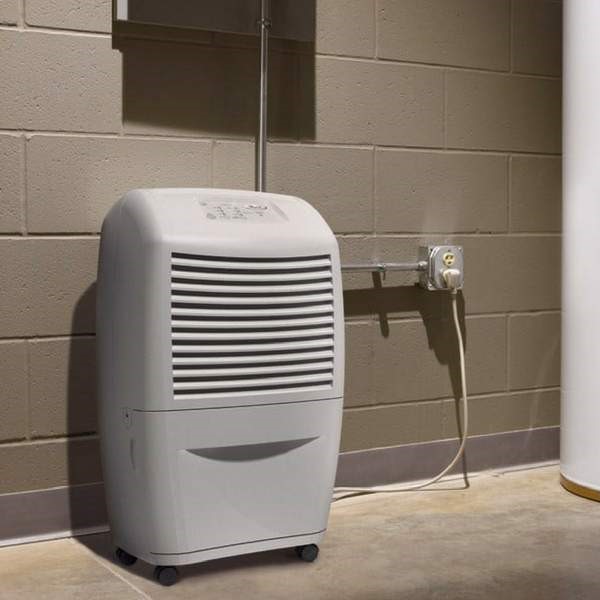
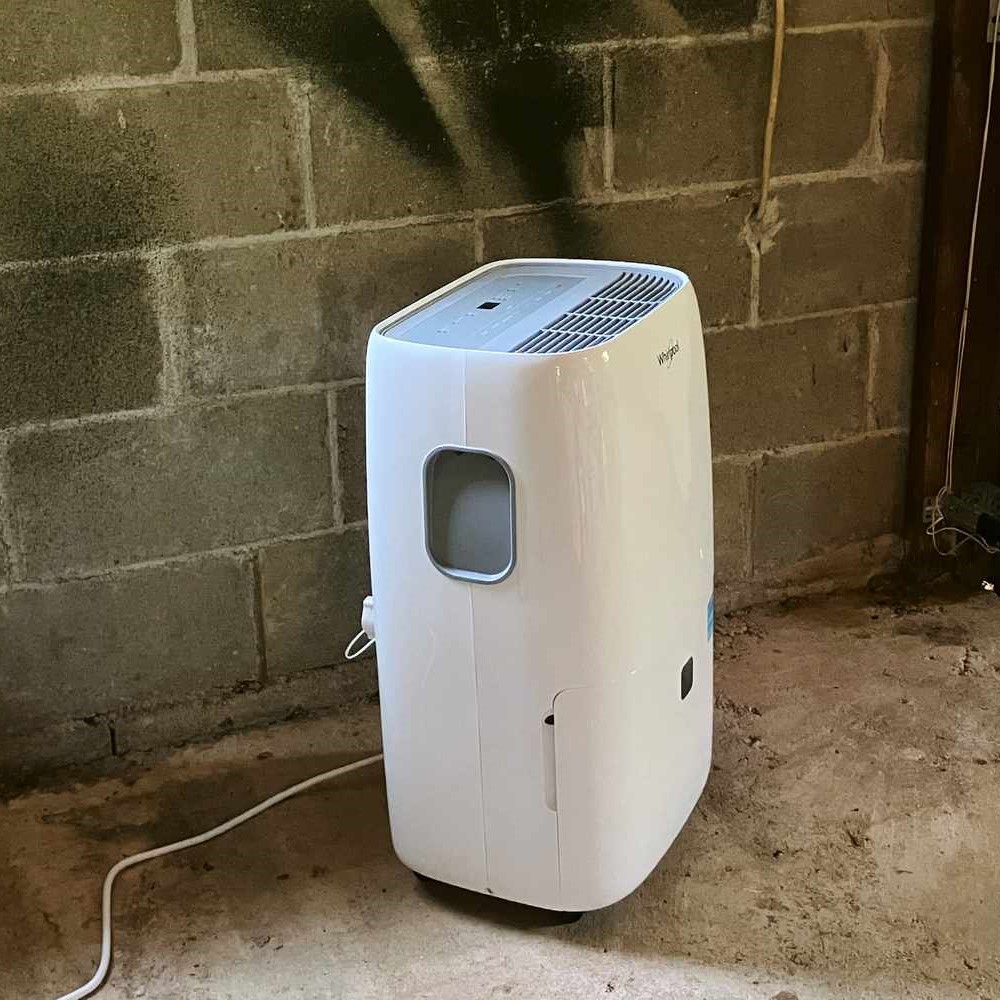 Top 5 Best Dehumidifiers for Basements in 2025
Top 5 Best Dehumidifiers for Basements in 2025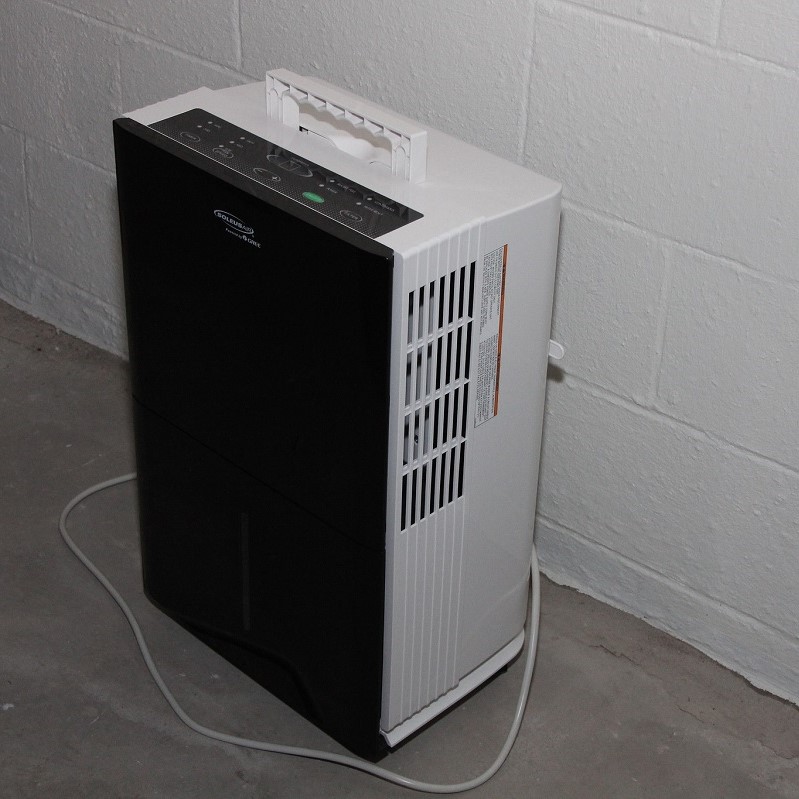 How to Choose the Best Dehumidifier for Your Basement
How to Choose the Best Dehumidifier for Your Basement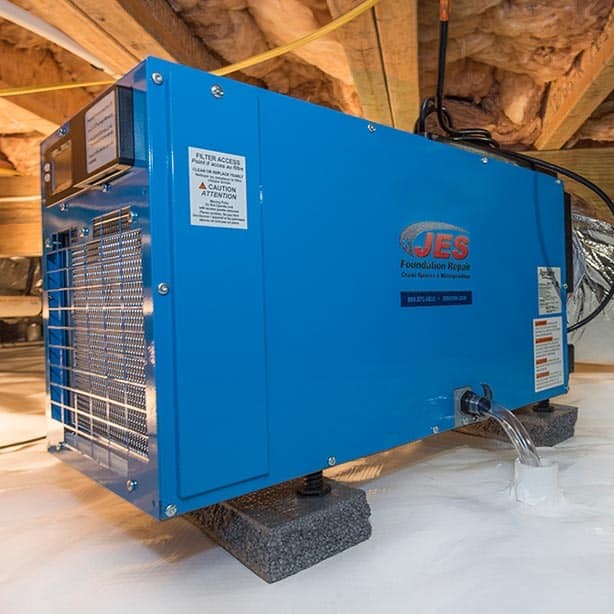 Common Mistakes to Avoid When Using a Dehumidifier in Your Basement
Common Mistakes to Avoid When Using a Dehumidifier in Your Basement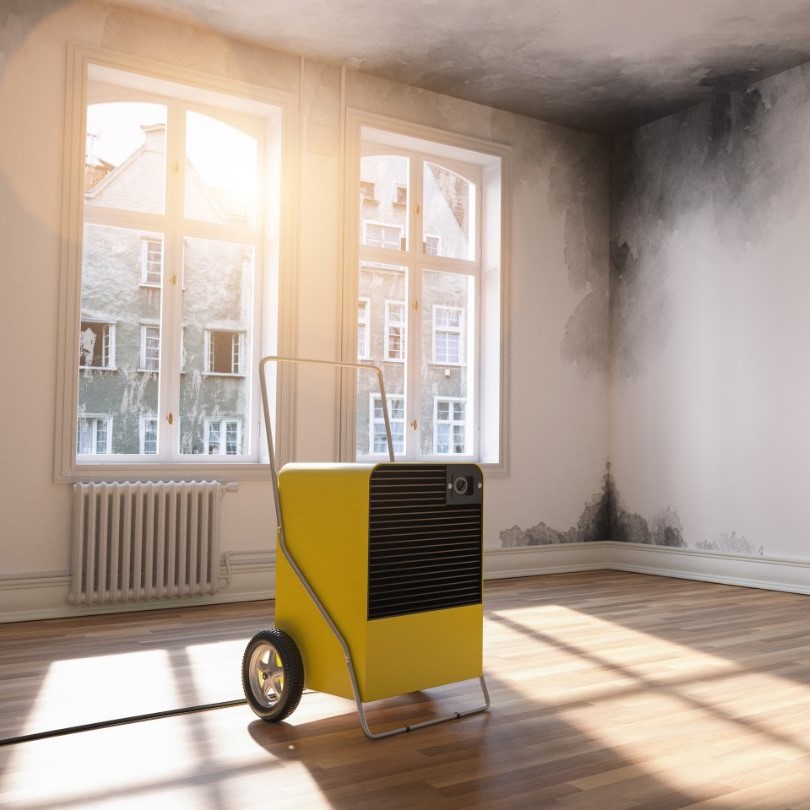 Benefits of Investing in the Best Dehumidifier for Your Basement
Benefits of Investing in the Best Dehumidifier for Your Basement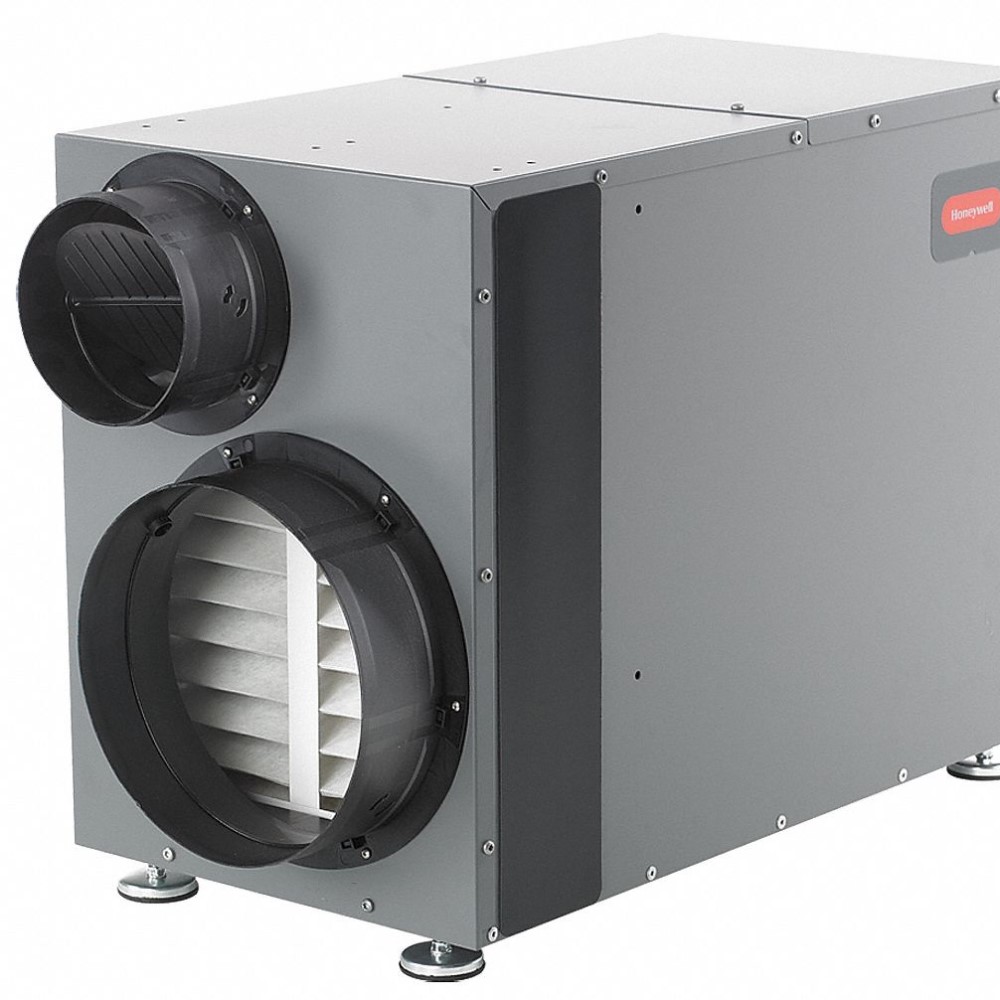
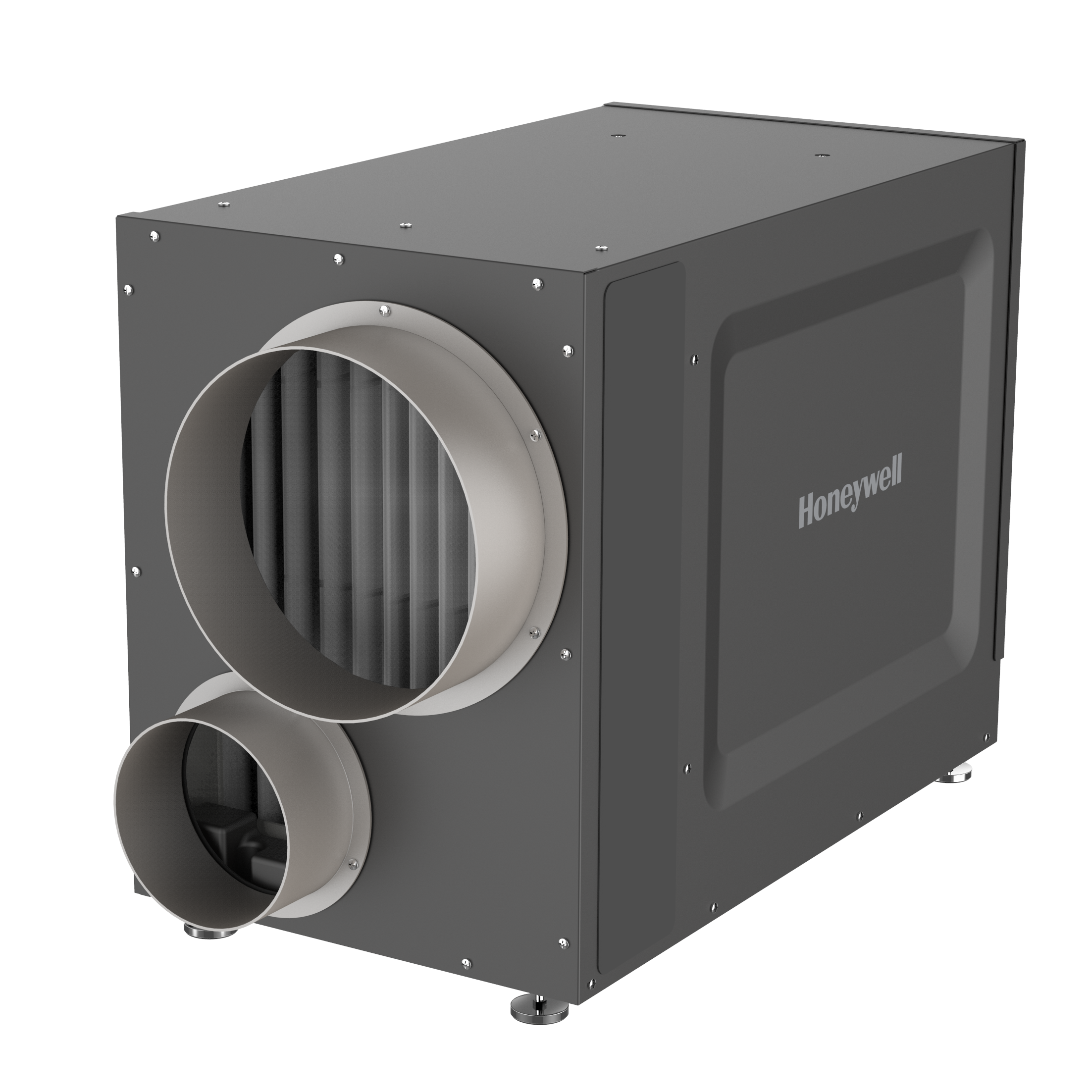 Understanding Whole Home Dehumidifiers
Understanding Whole Home Dehumidifiers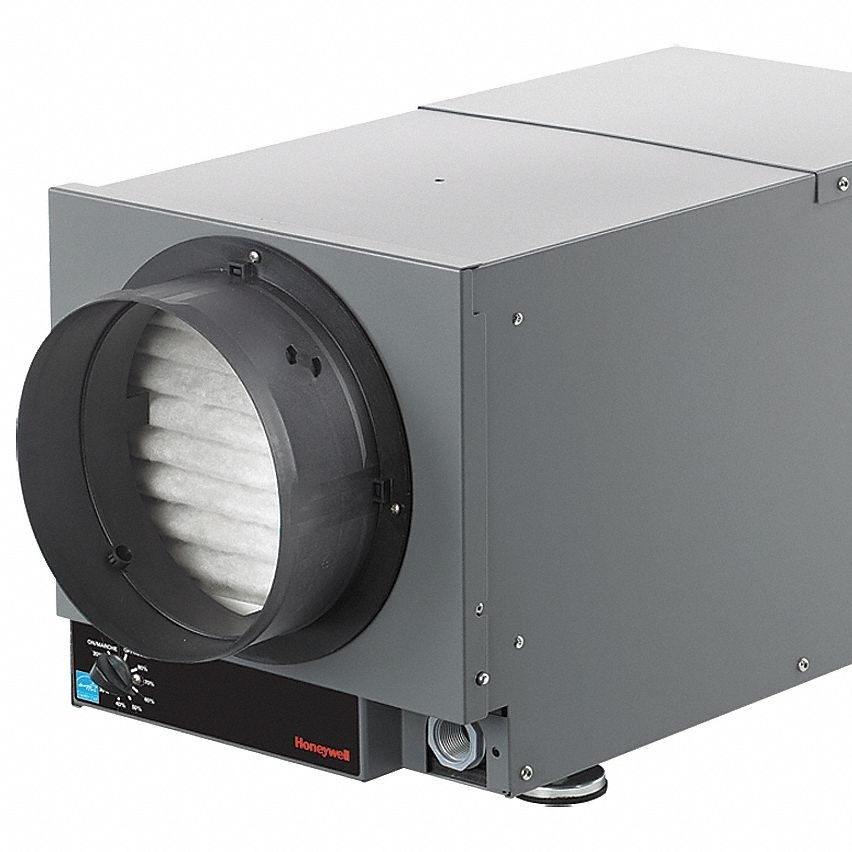 Key Features to Consider
Key Features to Consider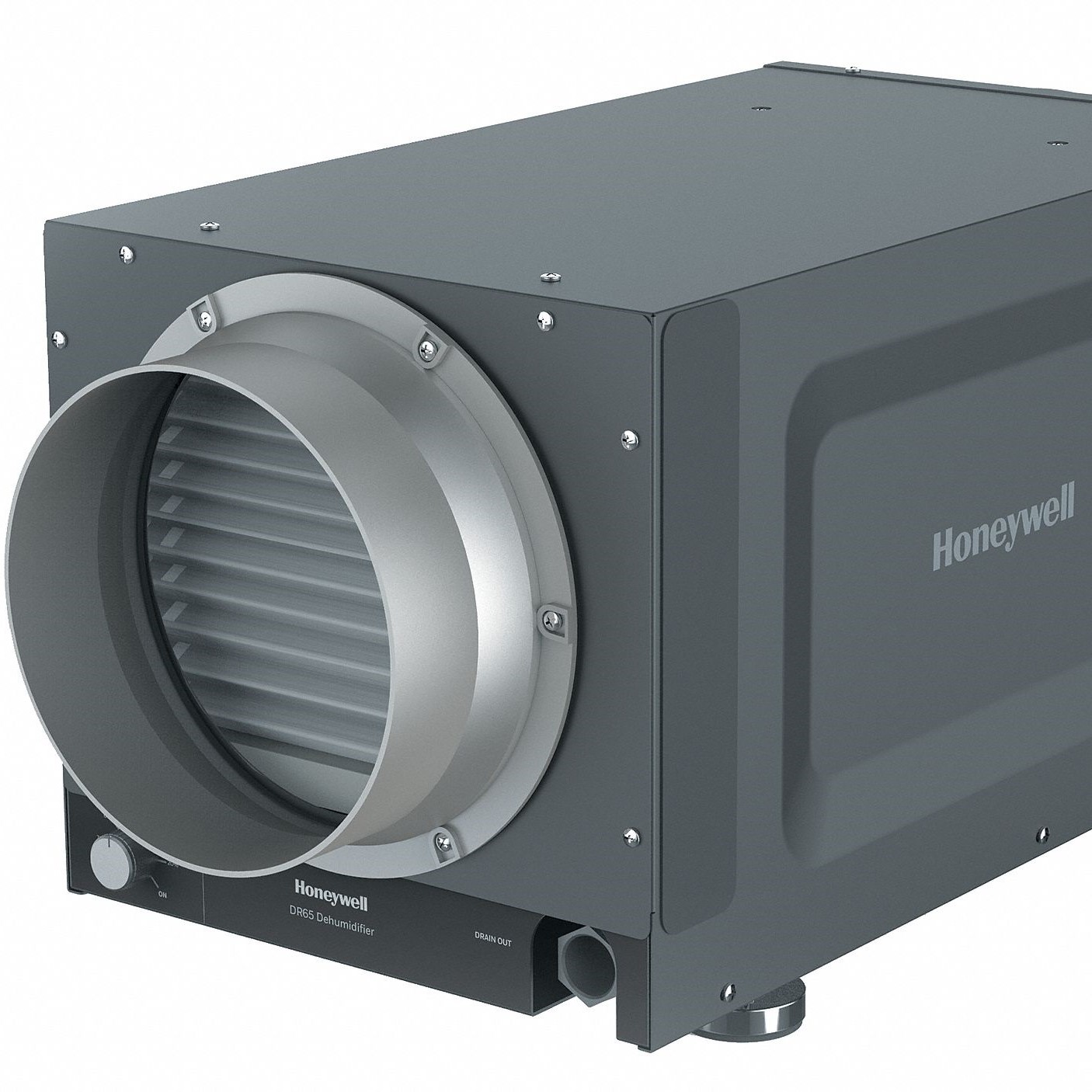 Comparing Whole Home Dehumidifiers to Portable Units
Comparing Whole Home Dehumidifiers to Portable Units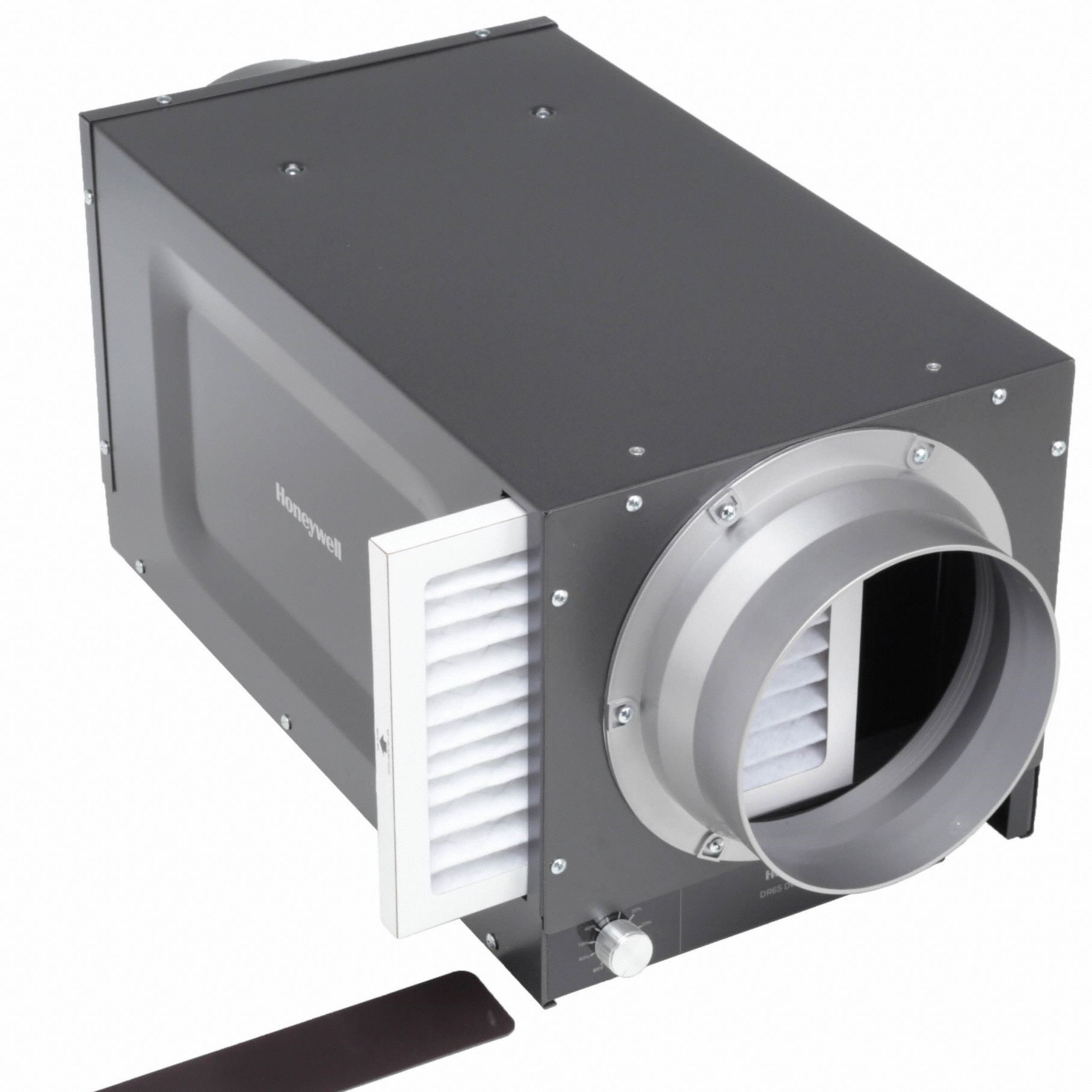 Maintaining Optimal Performance of Your Home Dehumidifier
Maintaining Optimal Performance of Your Home Dehumidifier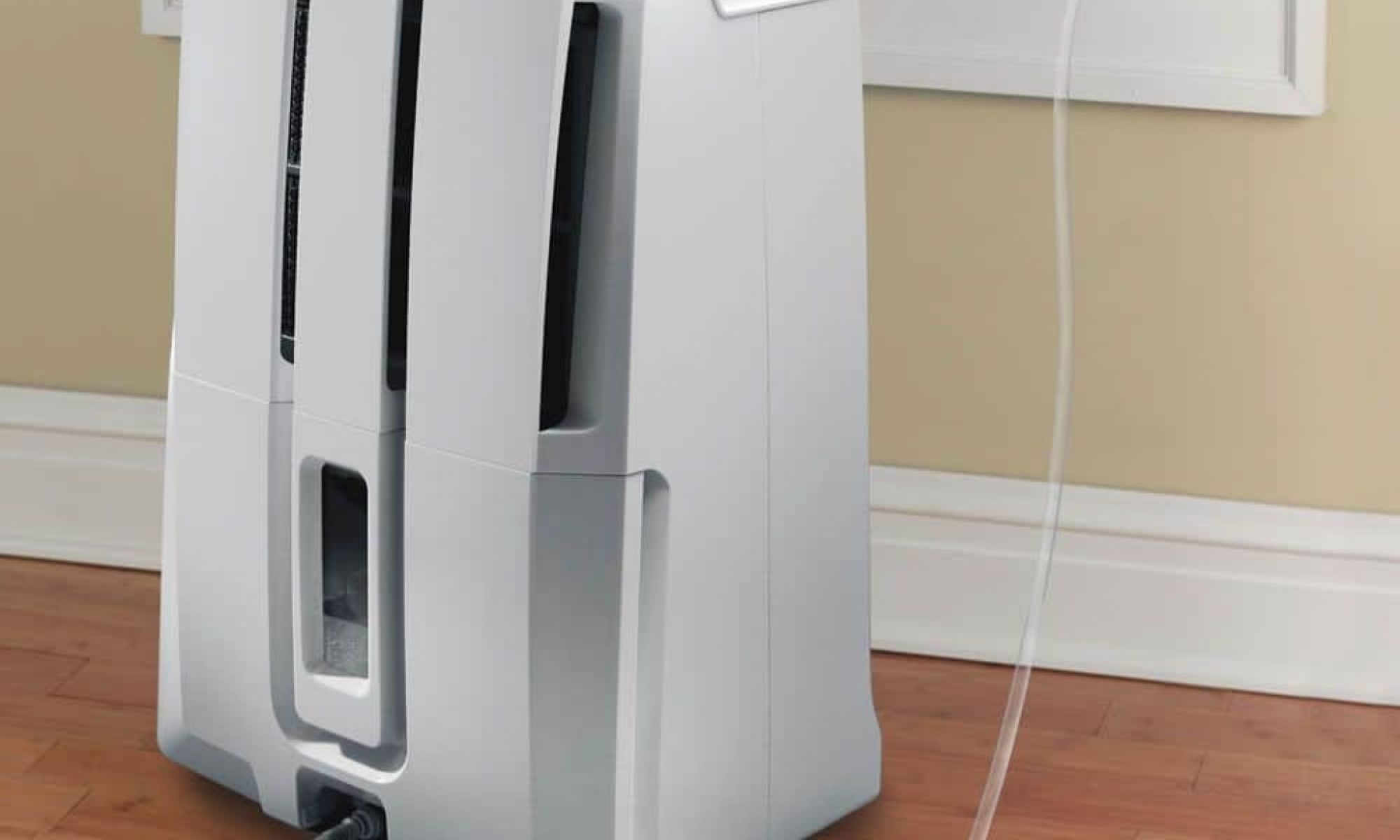
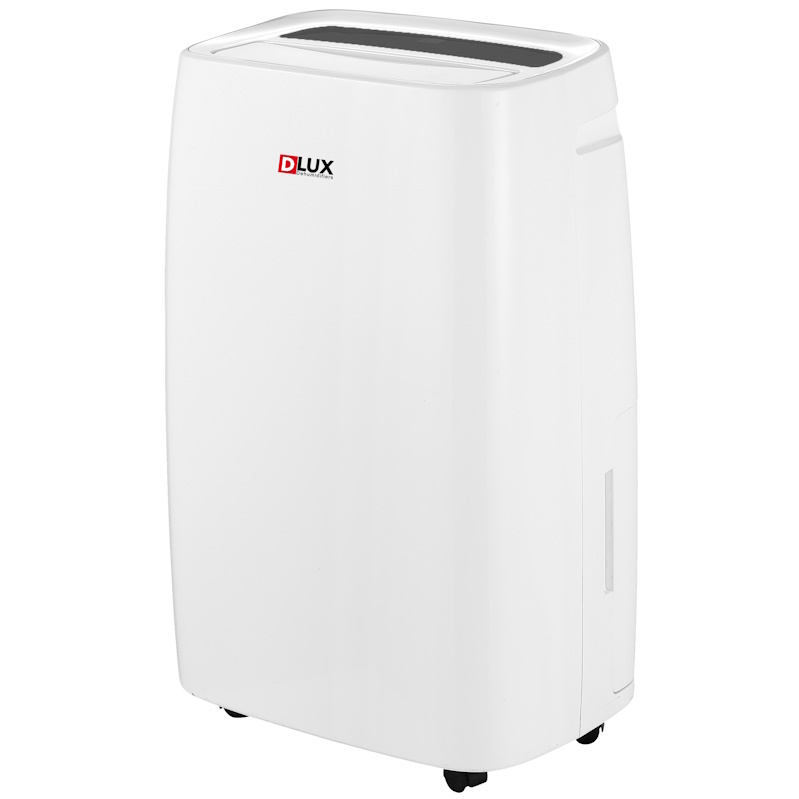 What is a Dehumidifier?
What is a Dehumidifier?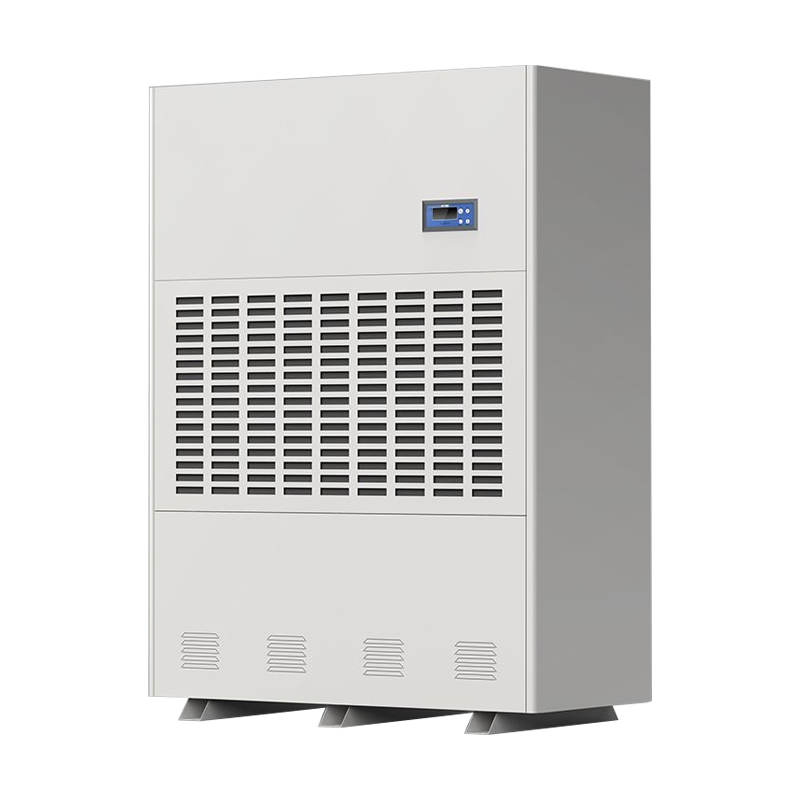 The Importance of Controlling Humidity Levels
The Importance of Controlling Humidity Levels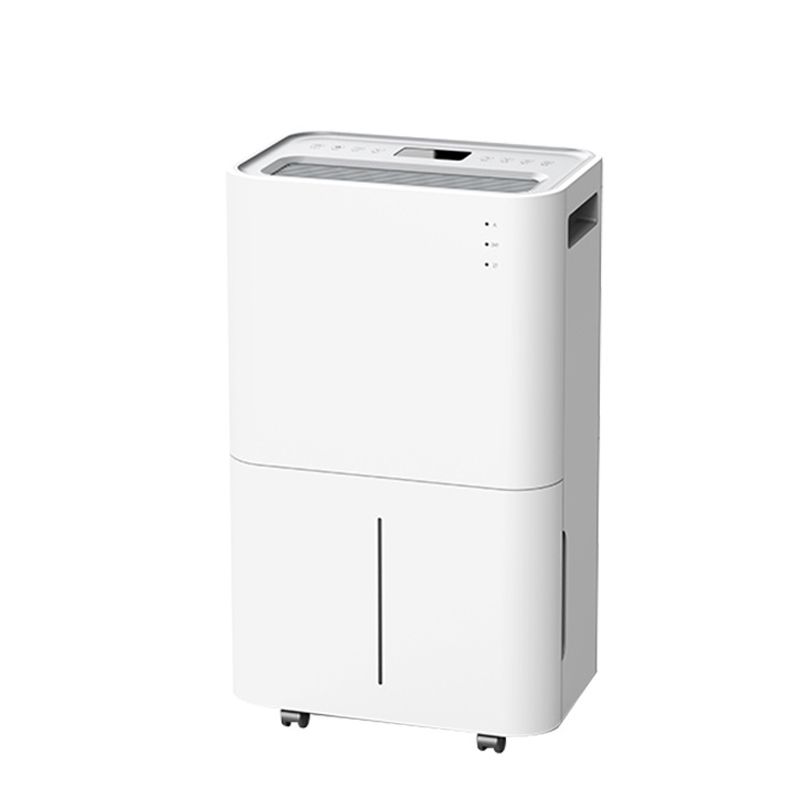 Choosing the Right Dehumidifier for Your Home
Choosing the Right Dehumidifier for Your Home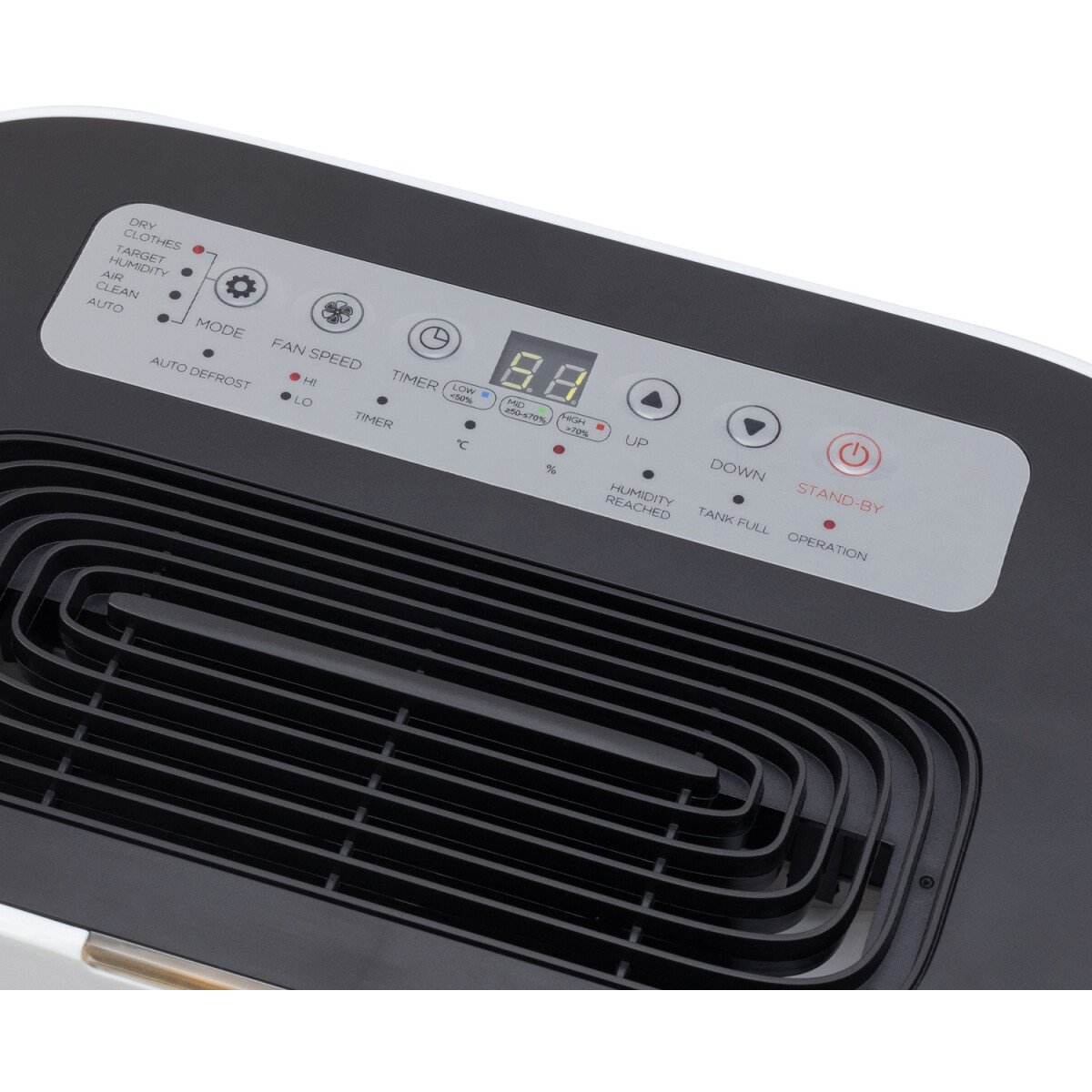 Common Myths About Dehumidifiers Debunked
Common Myths About Dehumidifiers Debunked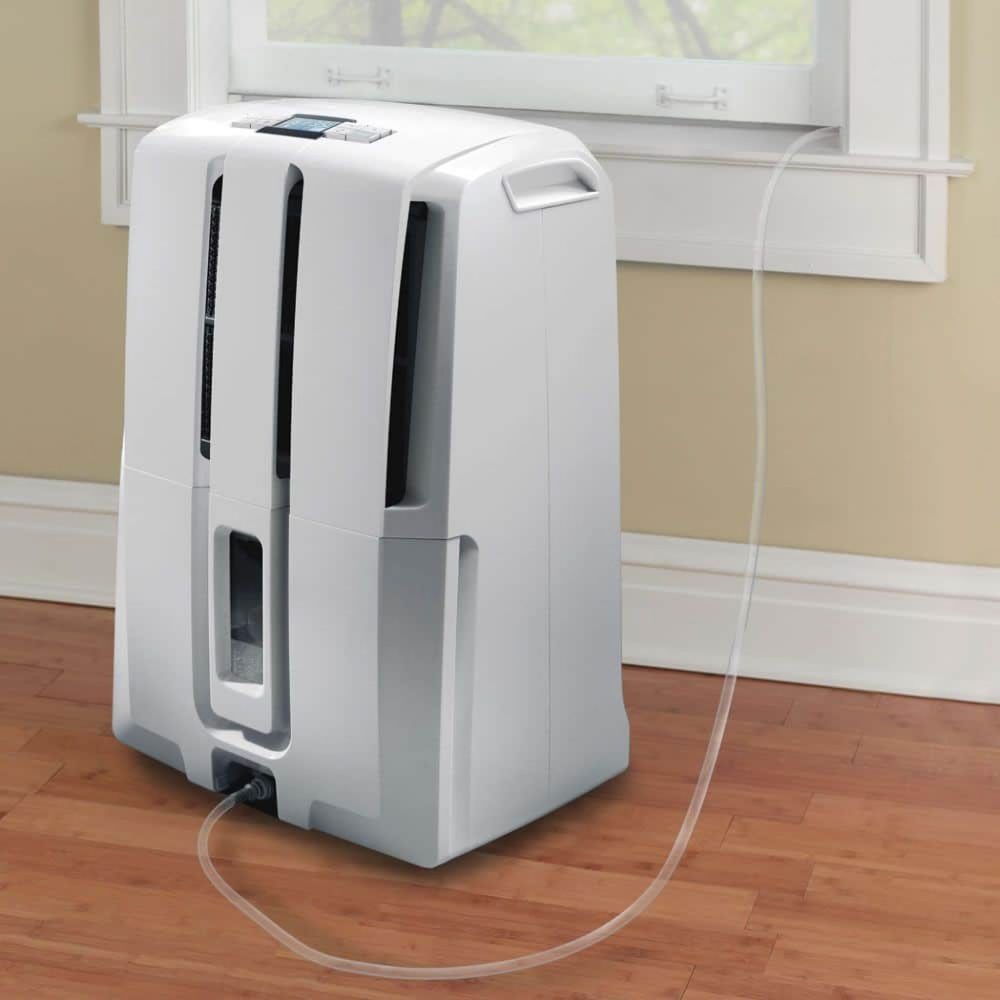 Conclusion: Dehumidifier Purpose
Conclusion: Dehumidifier Purpose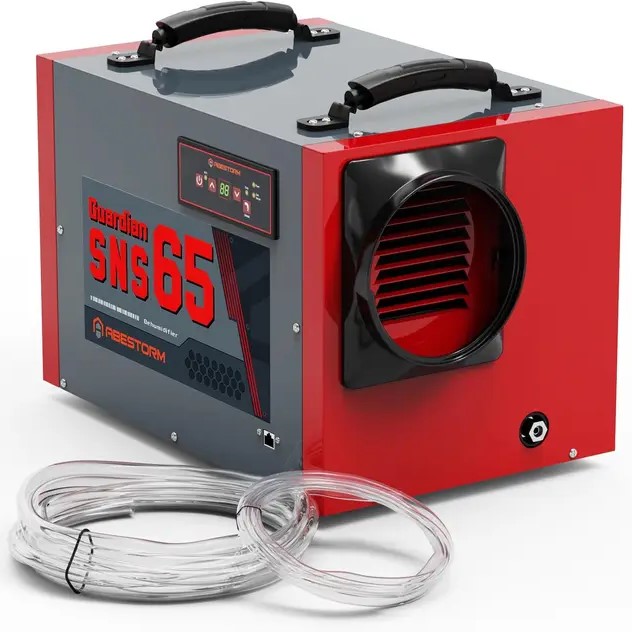
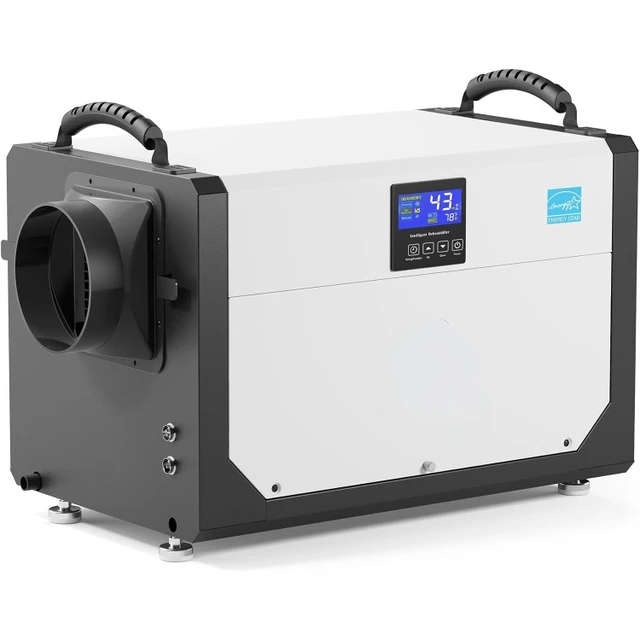 Understanding the Importance of a Dehumidifier for Crawl Space
Understanding the Importance of a Dehumidifier for Crawl Space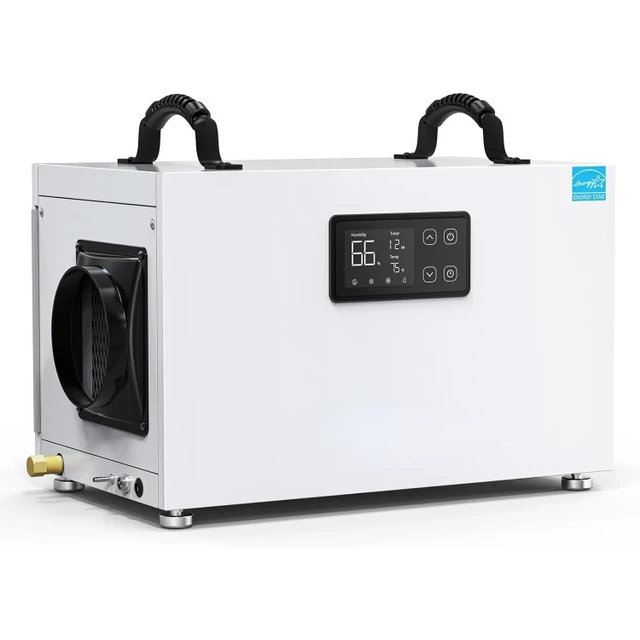 Top Dehumidifiers for Crawl Space in 2025
Top Dehumidifiers for Crawl Space in 2025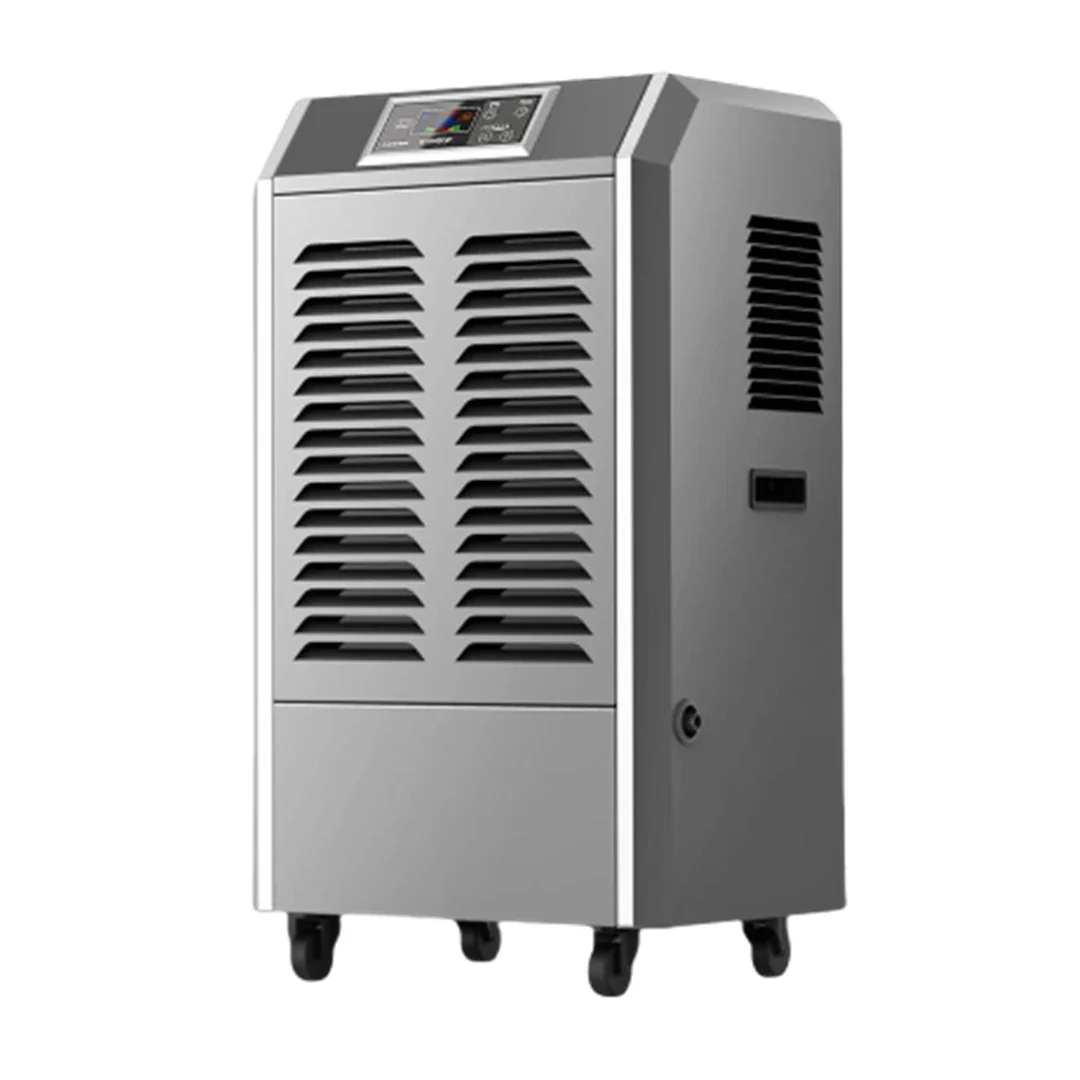 How to Choose the Best Dehumidifier for Crawl Space for Your Needs
How to Choose the Best Dehumidifier for Crawl Space for Your Needs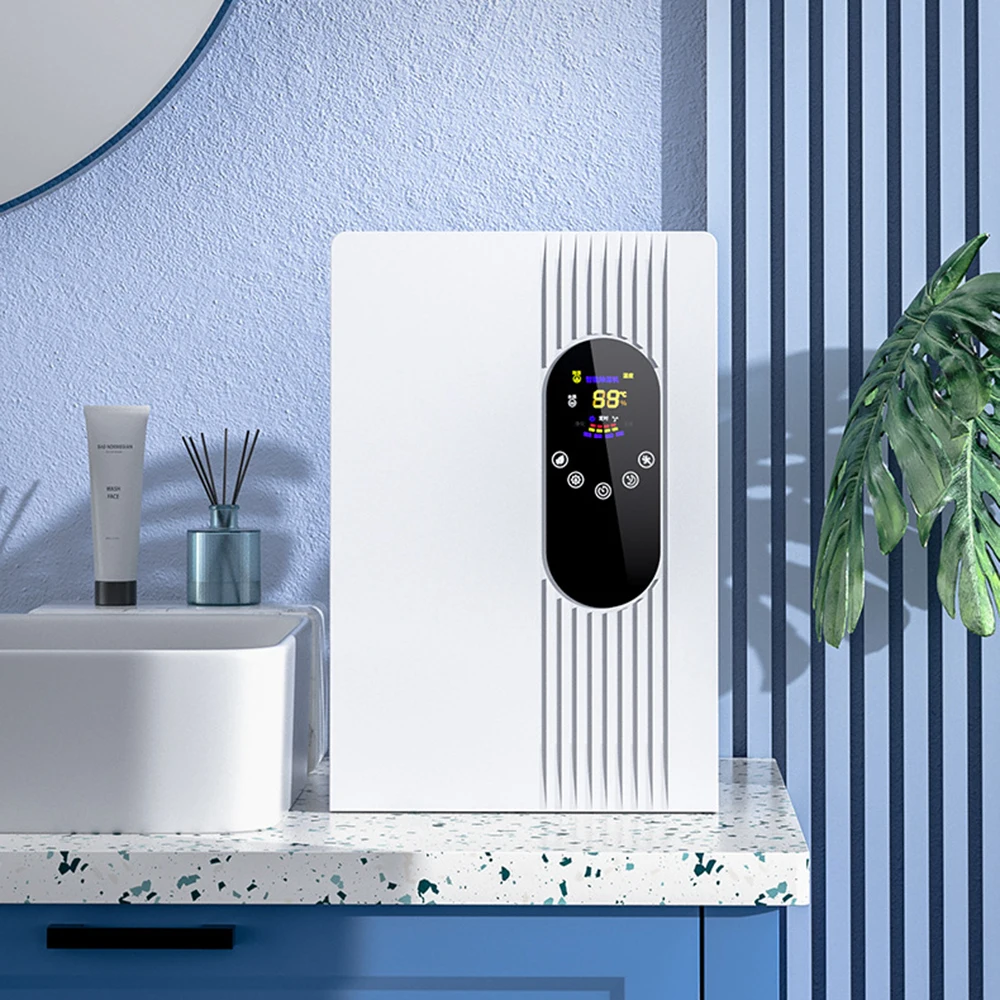 Benefits of Using a Dehumidifier for Crawl Space for Your Home
Benefits of Using a Dehumidifier for Crawl Space for Your Home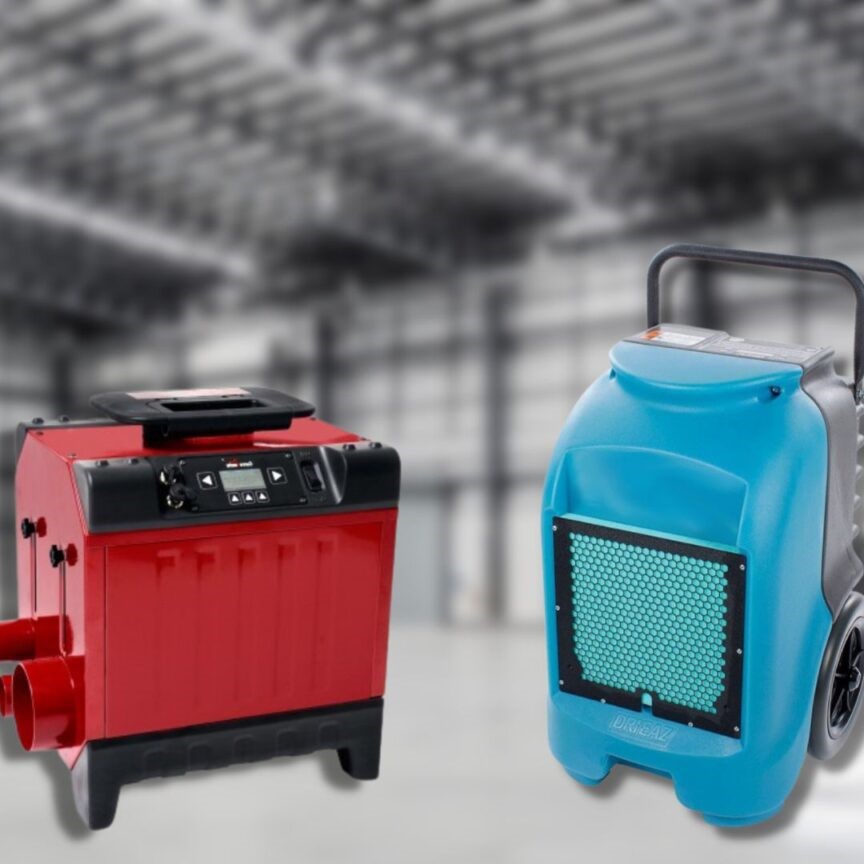
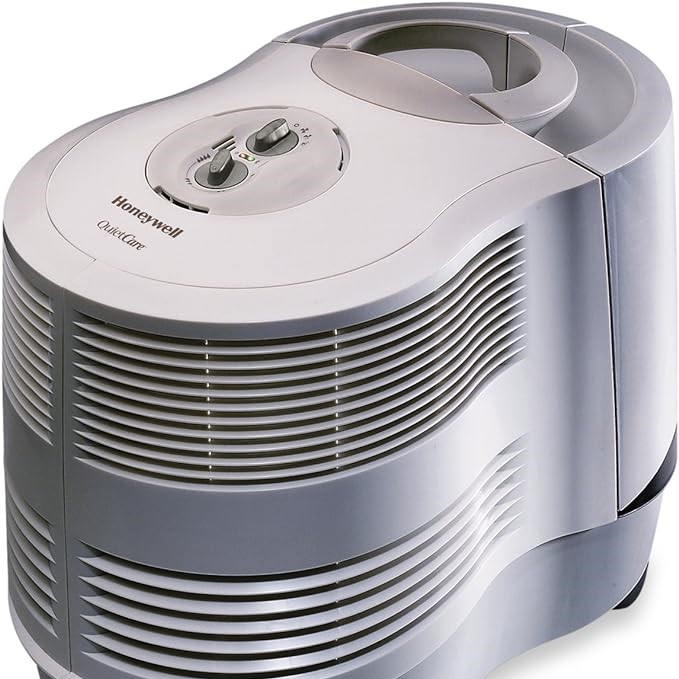 Understanding Humidifiers and Dehumidifiers
Understanding Humidifiers and Dehumidifiers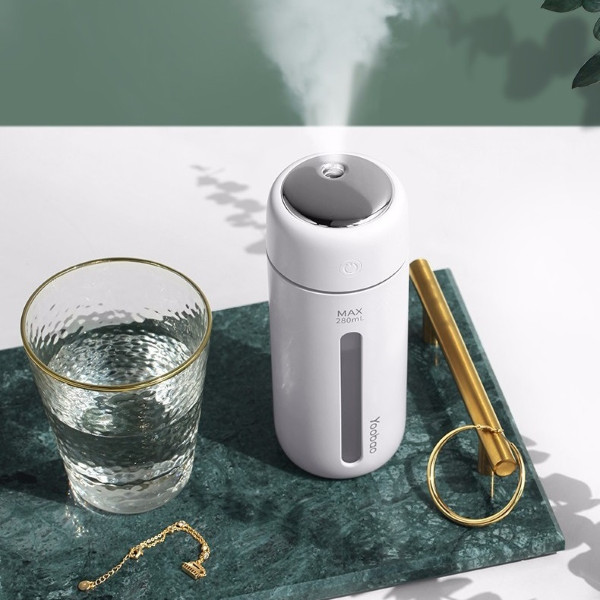 When to Use a Humidifier
When to Use a Humidifier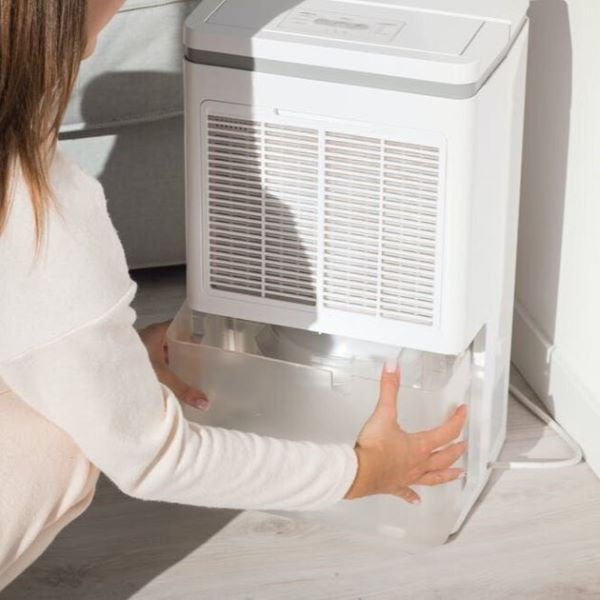 How to Choose Between a Humidifier and a Dehumidifier
How to Choose Between a Humidifier and a Dehumidifier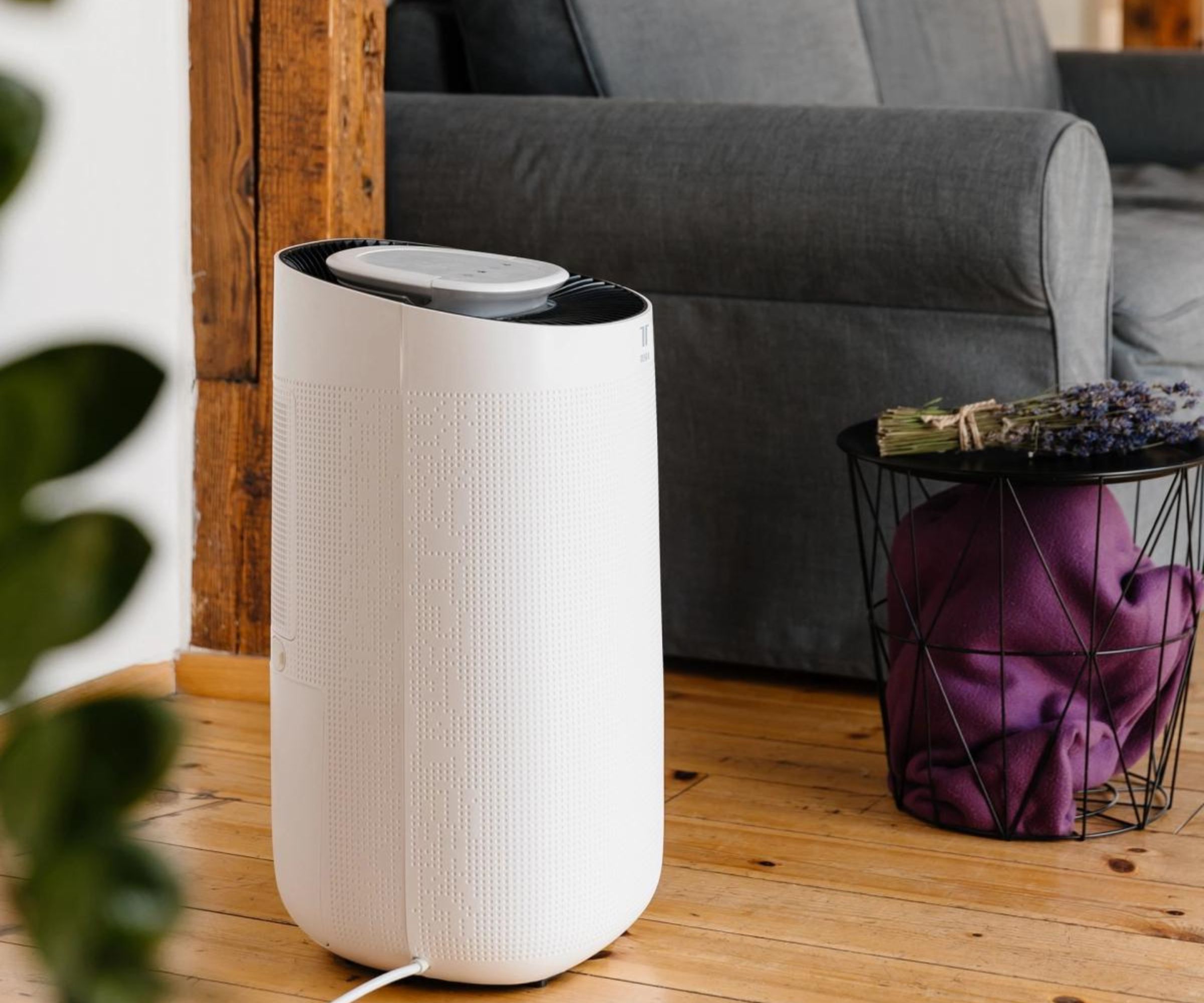 The Impact of Humidity on Health and Home
The Impact of Humidity on Health and Home